El mar se viste de pluma y
el hielo se pinta de rojo
En 1592, tras casi 70 años del descubrimiento del Estrecho de Magallanes, una flota de corsarios ingleses zarpó hacia el “Nuevo Mundo” con el propósito de circunnavegar la tierra. Tras varios infortunios durante el viaje, el único barco que logró aproximarse a destino fue el Desire bajo el mando del capitán John Davis (1550-1605). La tripulación, fuertemente golpeada por el hambre y las enfermedades, decidió quedarse en la isla de los Pingüinos frente a las costas de Puerto Deseado, Argentina.
En dicha isla masacraron a palos a cerca de 20.000 pingüinos –especie recientemente descubierta por los europeos–, los cuales secaron, salaron y luego almacenaron en las bodegas del barco. Semanas más tarde, cuando la embarcación se acercaba al Ecuador, el calor del trópico facilitó la descomposición de la carne de las aves infestando el preciado cargamento, gran parte de la tripulación enfermó pereciendo en altamar antes de arribar a costas irlandesas a mediados de 1593.
En 2020 este espíritu del despojo –que más tarde llevó al hombre europeo a exterminar a pueblos fueguinos como los Selk’nam– se convirtió en el argumento de esta serie de objetos en porcelana blanca.
En dicha isla masacraron a palos a cerca de 20.000 pingüinos –especie recientemente descubierta por los europeos–, los cuales secaron, salaron y luego almacenaron en las bodegas del barco. Semanas más tarde, cuando la embarcación se acercaba al Ecuador, el calor del trópico facilitó la descomposición de la carne de las aves infestando el preciado cargamento, gran parte de la tripulación enfermó pereciendo en altamar antes de arribar a costas irlandesas a mediados de 1593.
En 2020 este espíritu del despojo –que más tarde llevó al hombre europeo a exterminar a pueblos fueguinos como los Selk’nam– se convirtió en el argumento de esta serie de objetos en porcelana blanca.
In 1592, almost seventy years after the discovery of the Strait of Magellan, a fleet of English privateers set sail for the «New World» with the purpose of circumnavigating the Earth. After several misfortunes during the voyage, the only ship that managed to approach destination was the «Desire», under the command of captain John Davis (1550-1605). The crew, hard hit by hunger and disease, decided to stay for a while on Penguin Island, off the coast of Puerto Deseado (Argentina).
In order to stock up meat, in the island they slaughtered with sticks about 20,000 penguins —a species only recently discovered by Europeans. The bird's flesh was then dried, salted and stored in the ship's holds. But weeks later, as the ship approached the Equator, the heat of the tropics caused it to decompose, infesting the precious cargo with maggots. A large part of the crew soon fell ill and perished on board before being able to reach Irish shores, in mid-1593.
Centuries later, in 2020, that spirit of dispossession —which later led European explorers to exterminate Fuegian peoples, such as the Selknam— became the subject of this series of white porcelain objects.
In order to stock up meat, in the island they slaughtered with sticks about 20,000 penguins —a species only recently discovered by Europeans. The bird's flesh was then dried, salted and stored in the ship's holds. But weeks later, as the ship approached the Equator, the heat of the tropics caused it to decompose, infesting the precious cargo with maggots. A large part of the crew soon fell ill and perished on board before being able to reach Irish shores, in mid-1593.
Centuries later, in 2020, that spirit of dispossession —which later led European explorers to exterminate Fuegian peoples, such as the Selknam— became the subject of this series of white porcelain objects.
Primera Escena “La llegada”

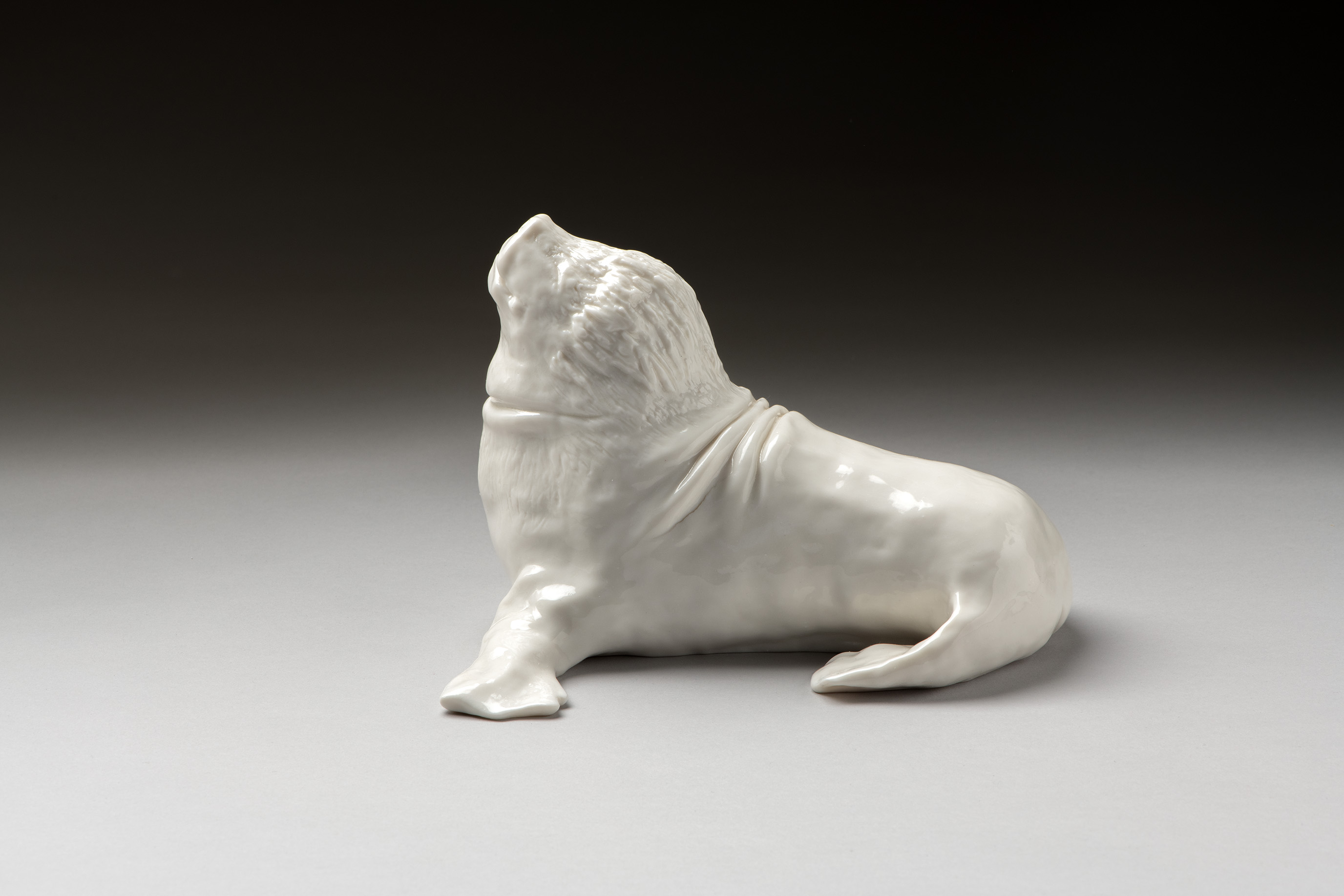




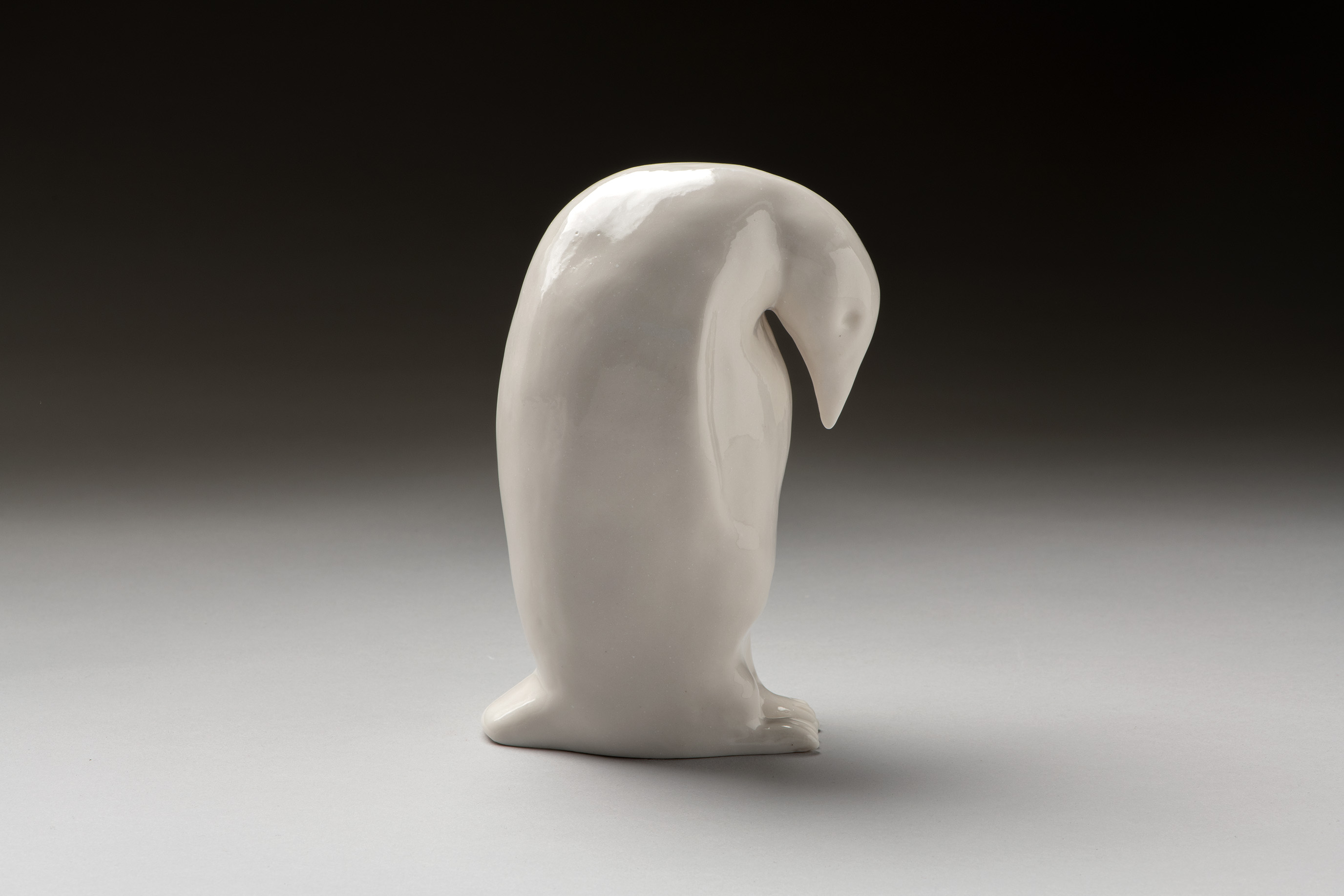










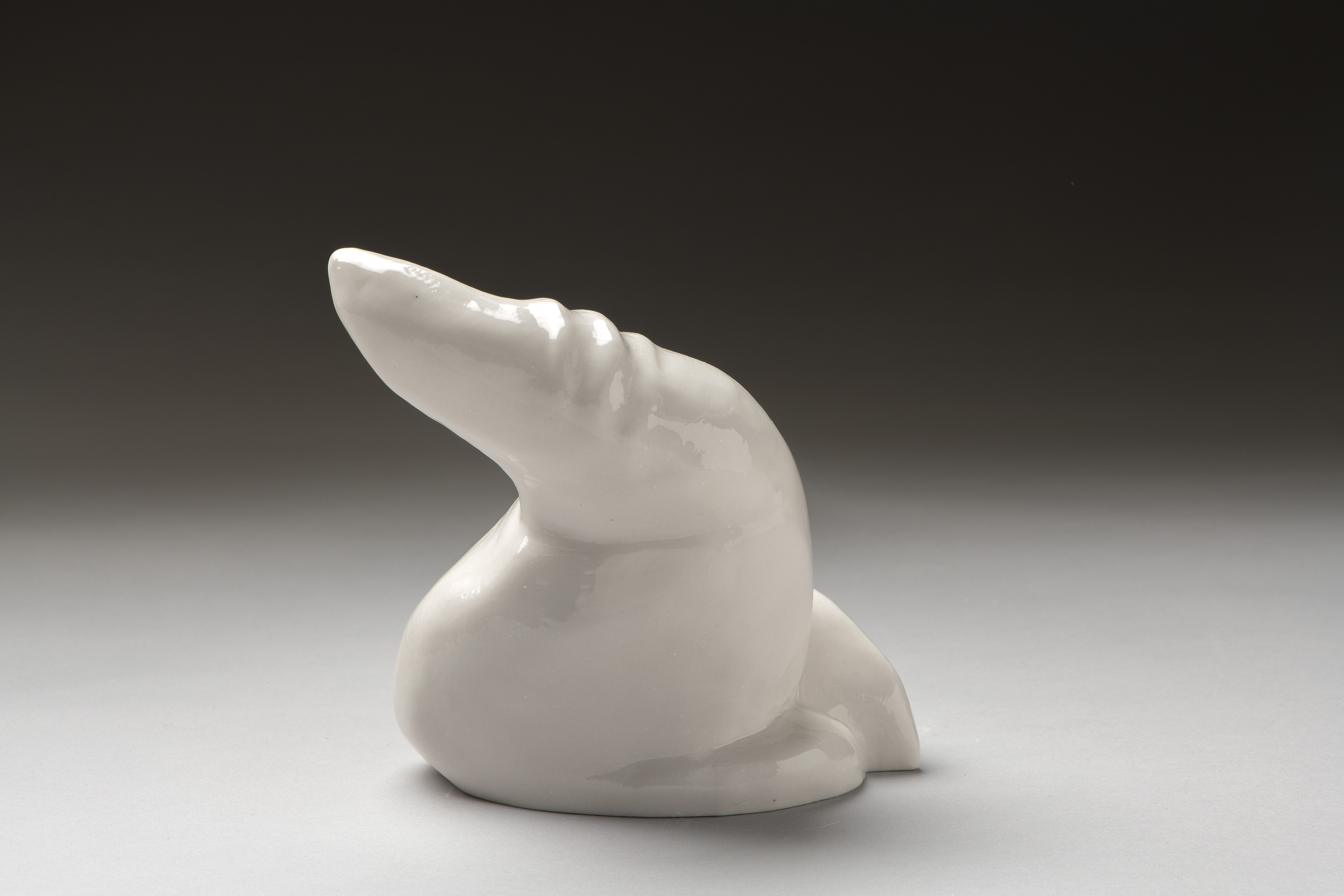





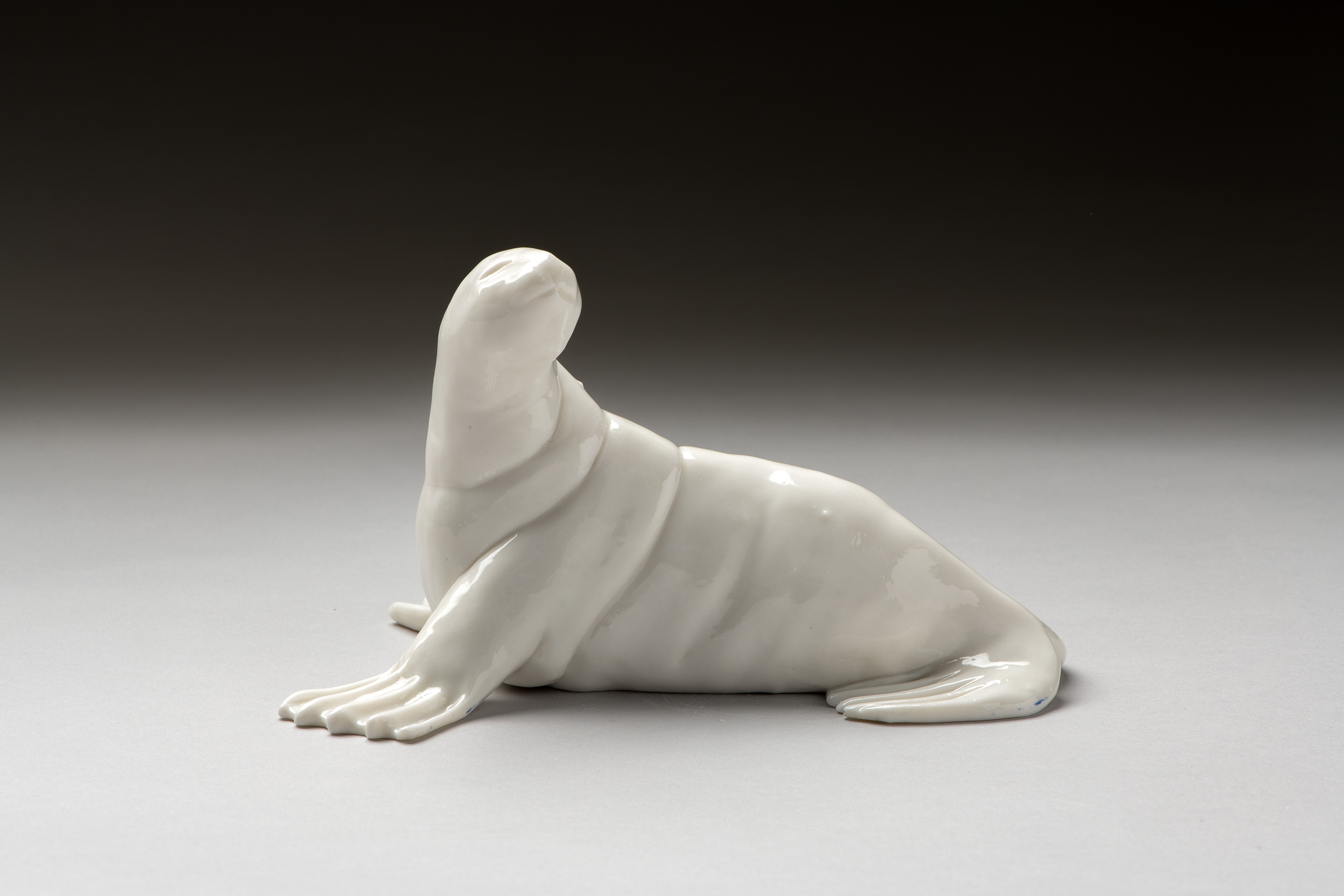





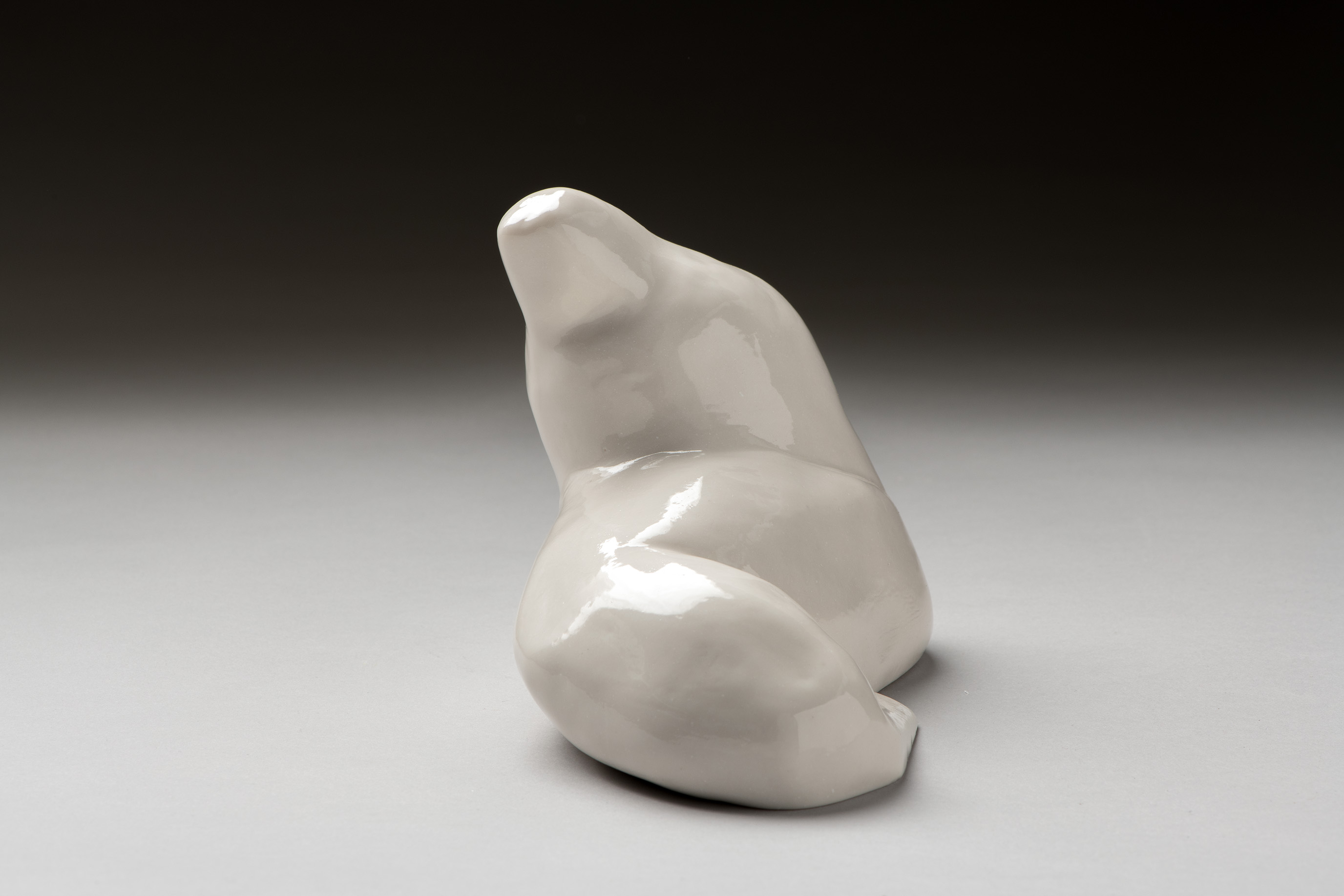



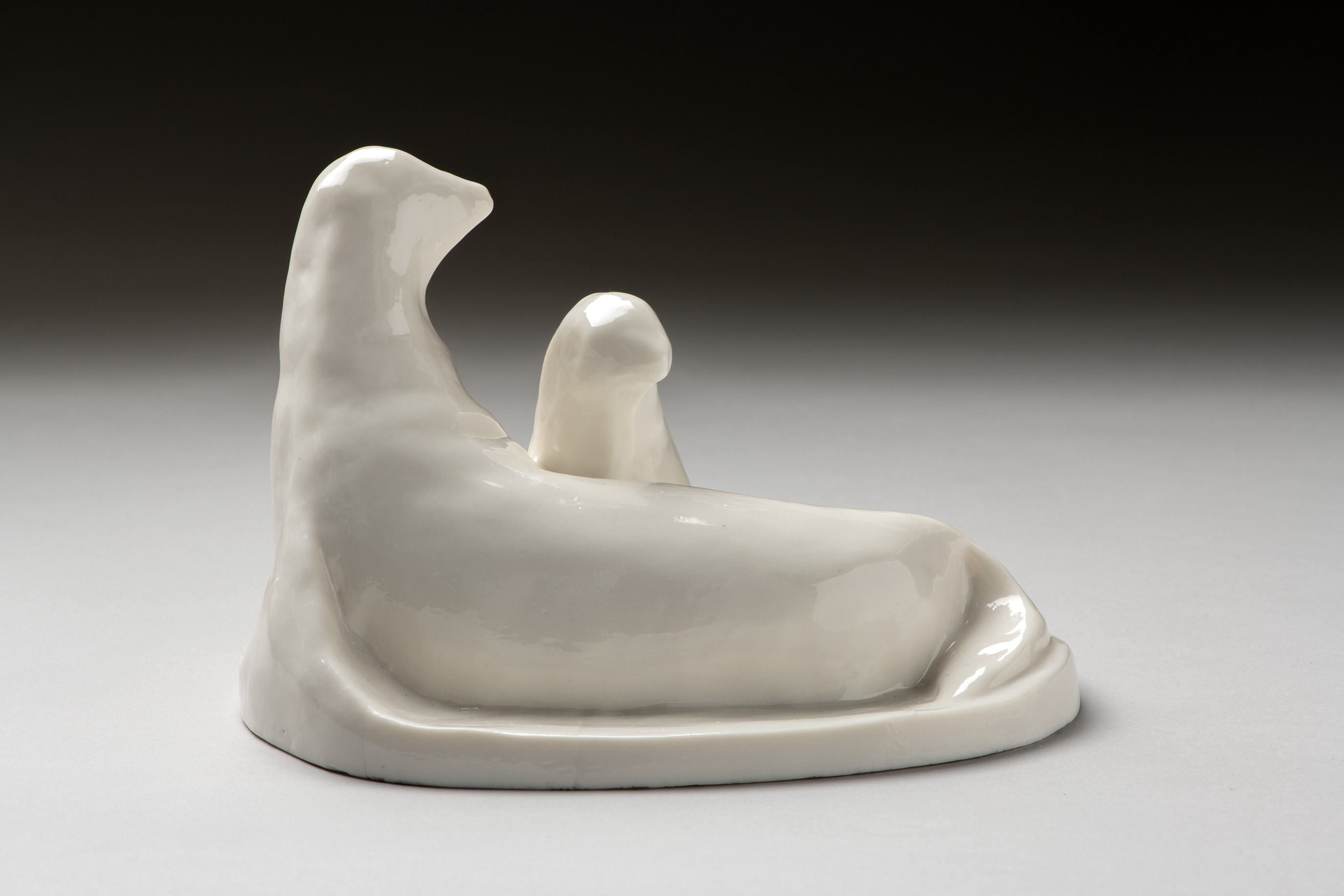


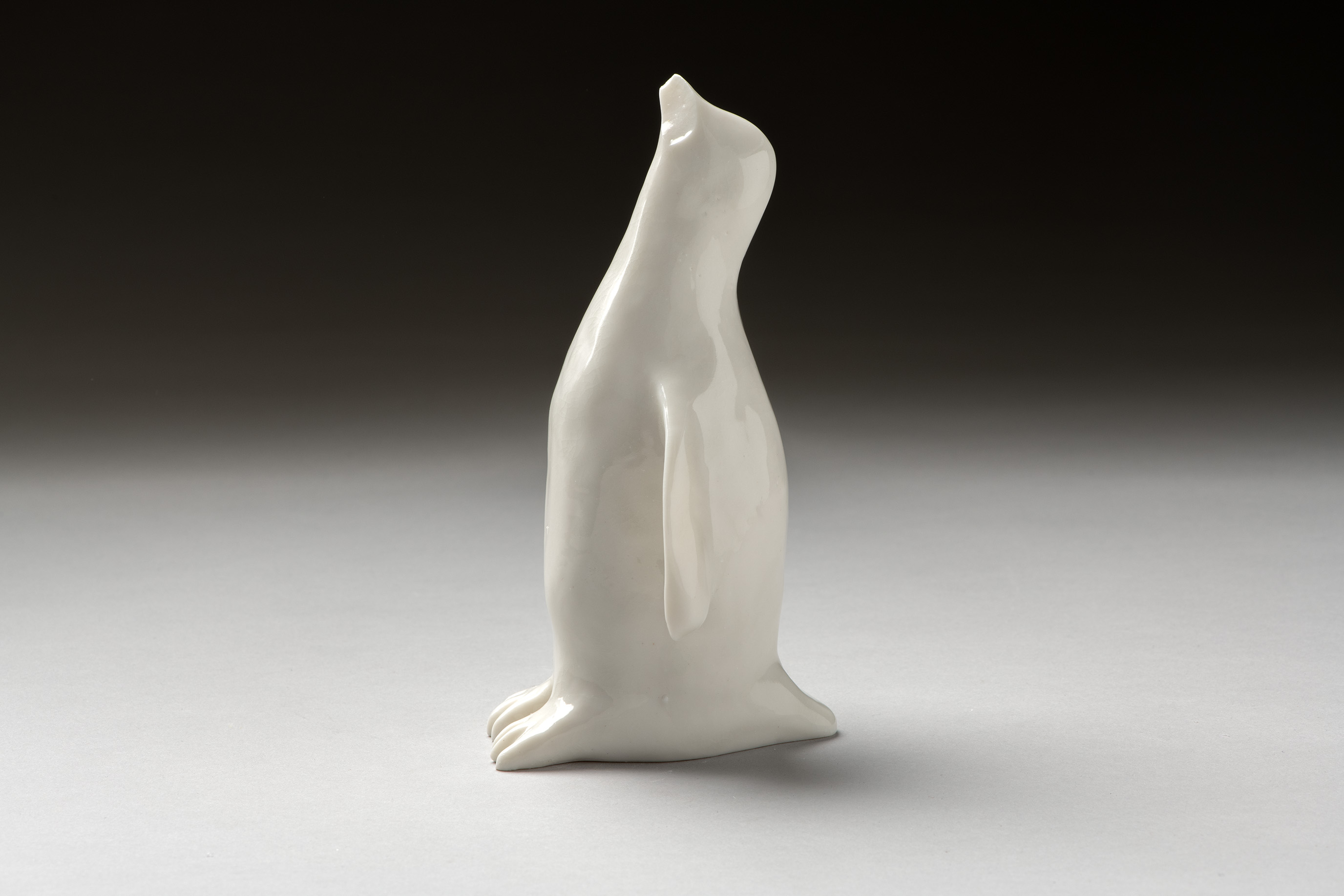








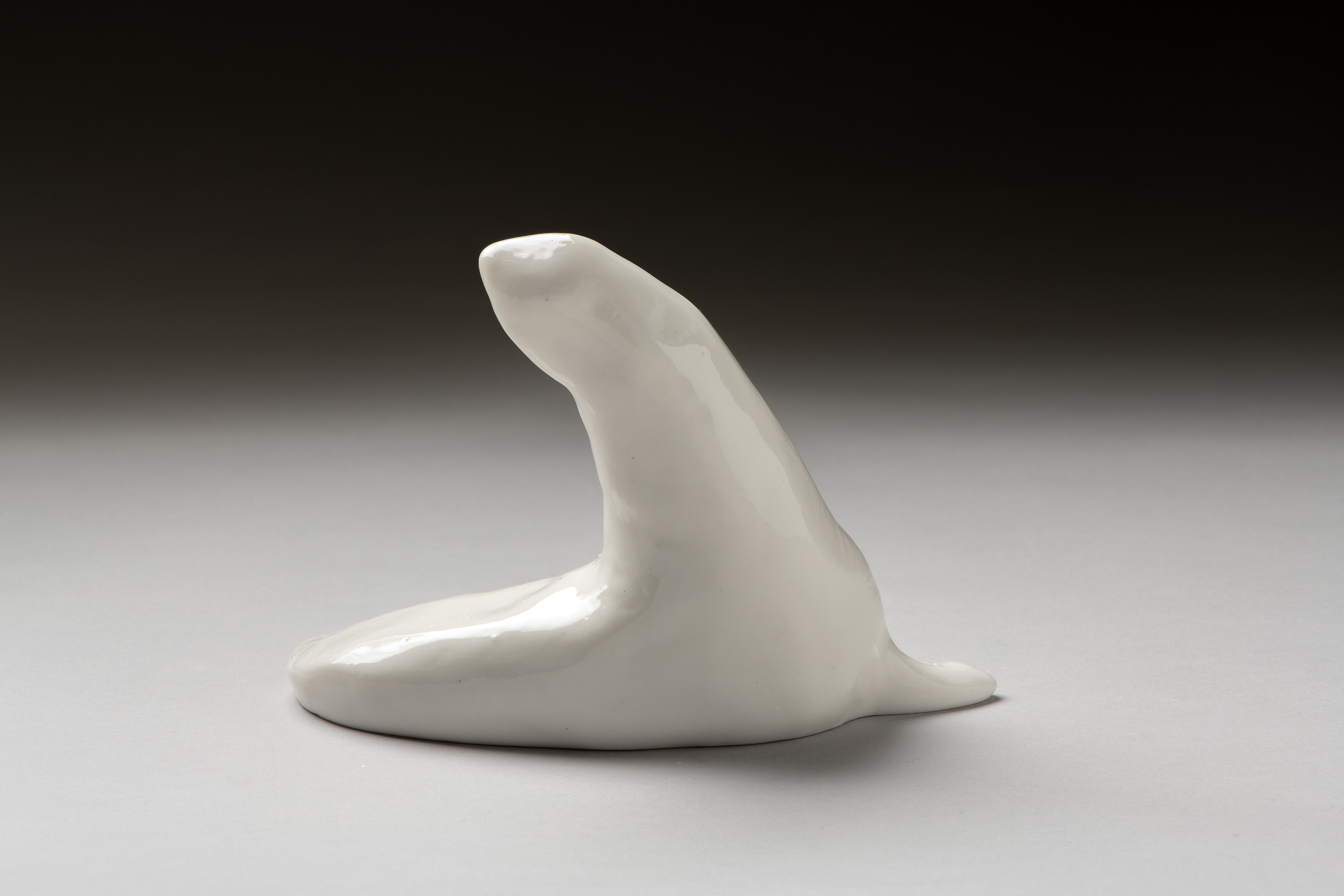






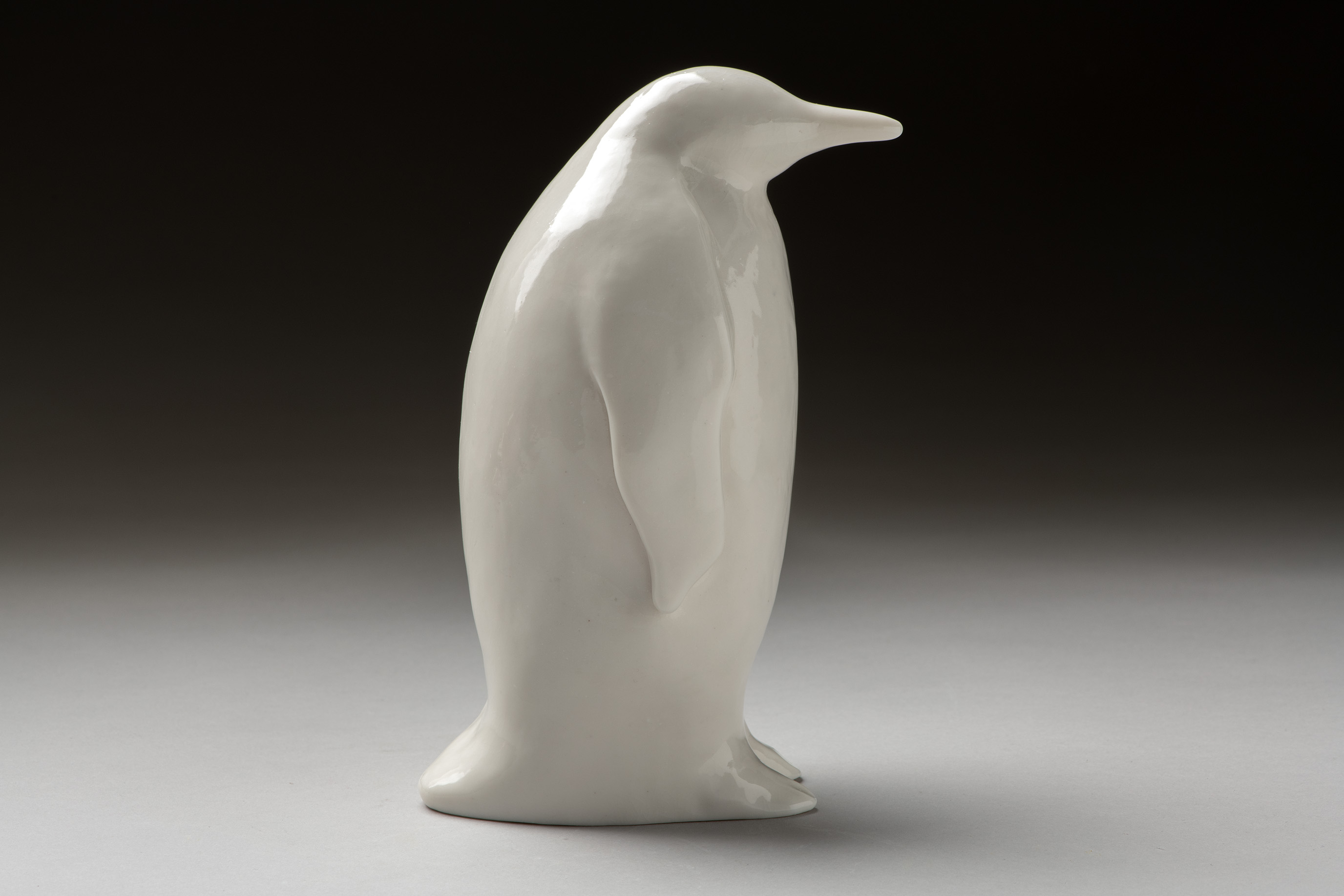
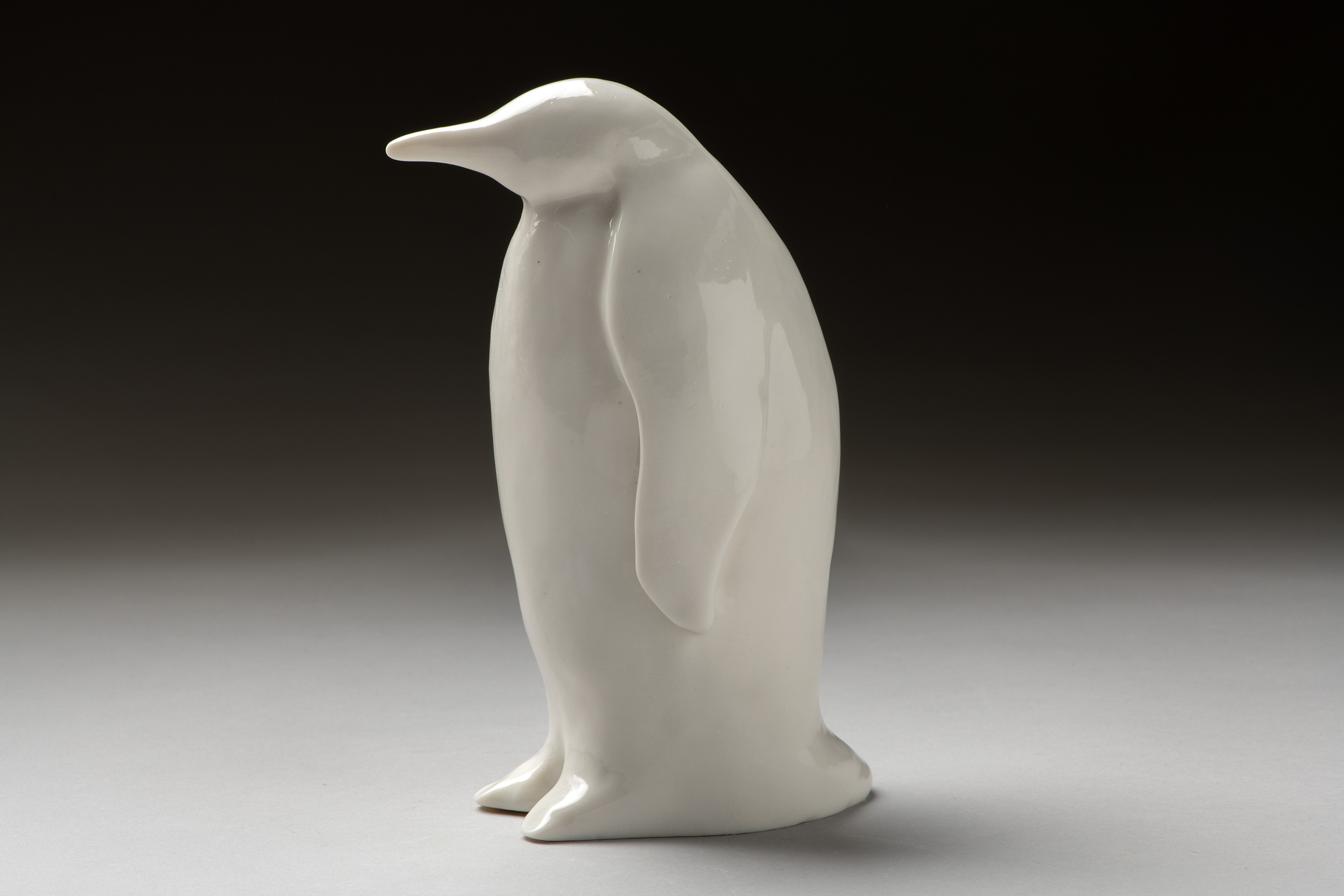


Segunda Escena “La Masacre”
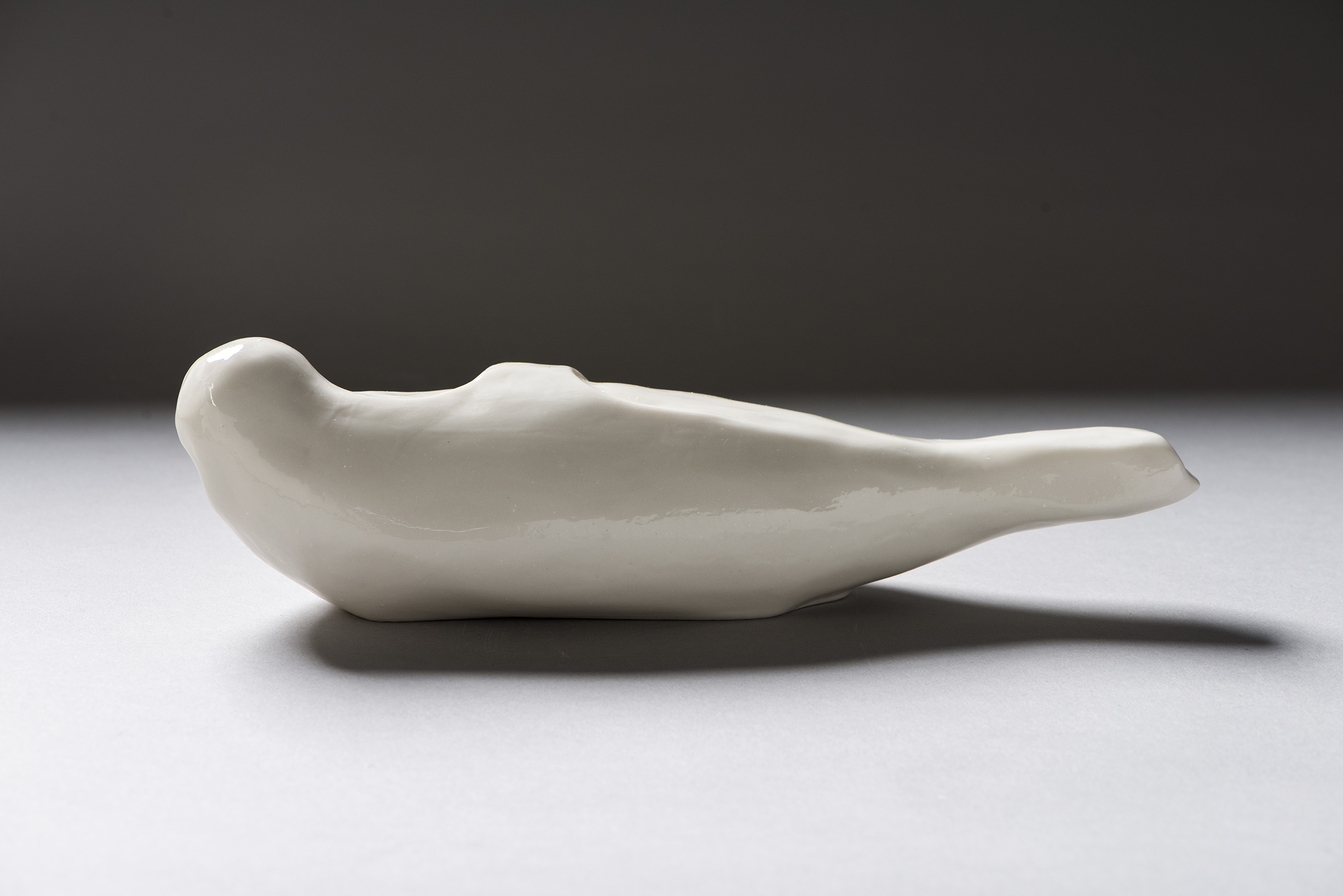






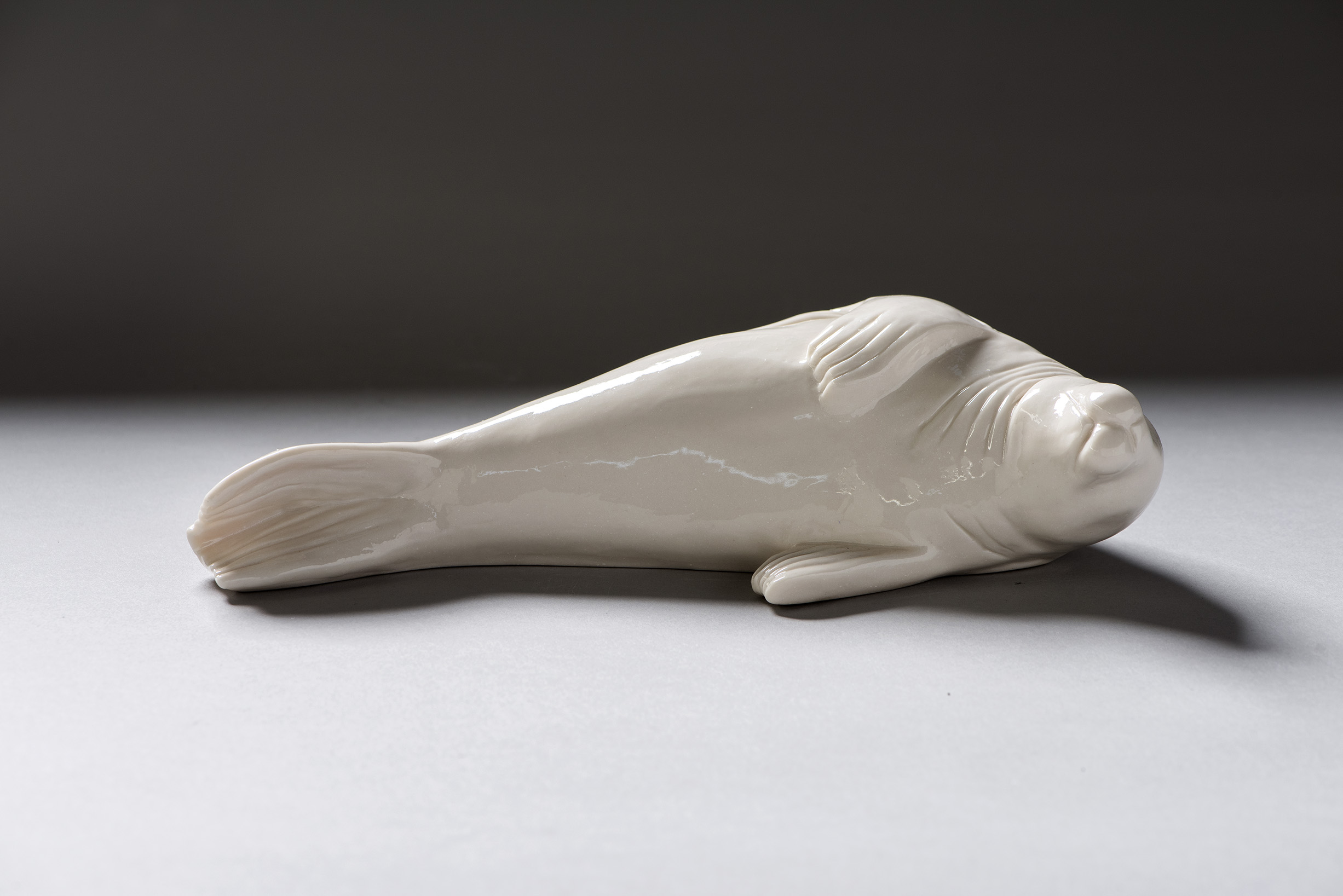











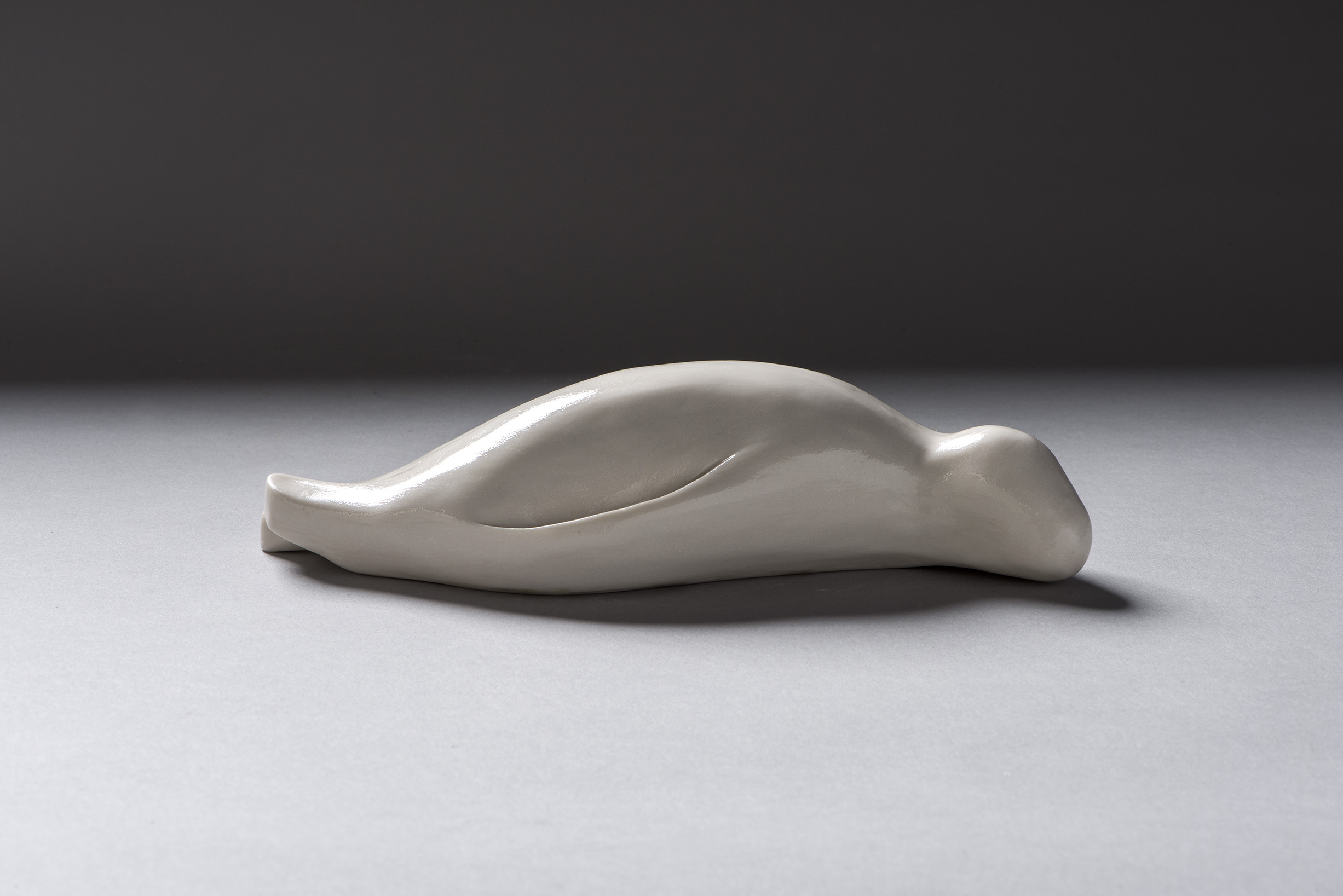




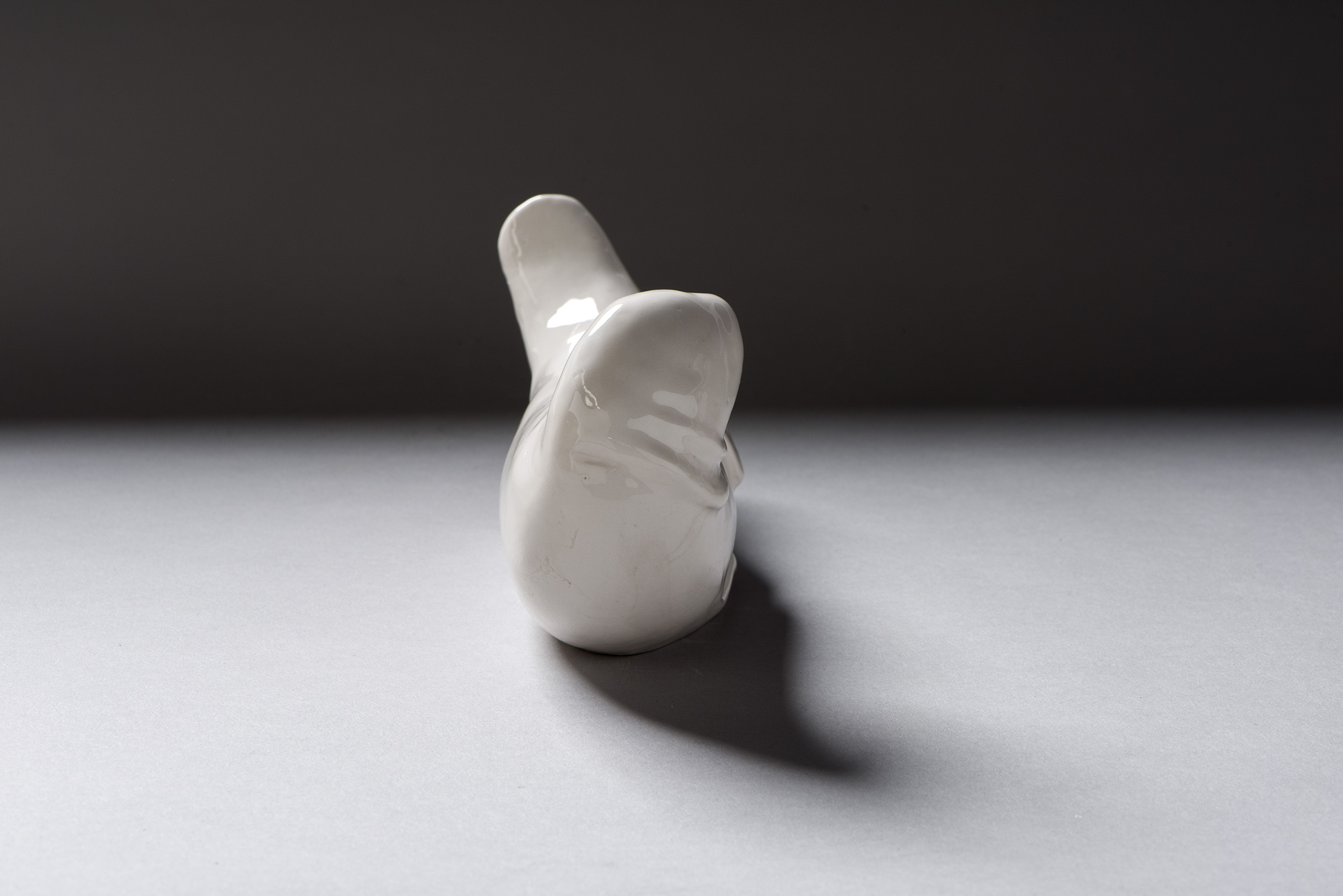




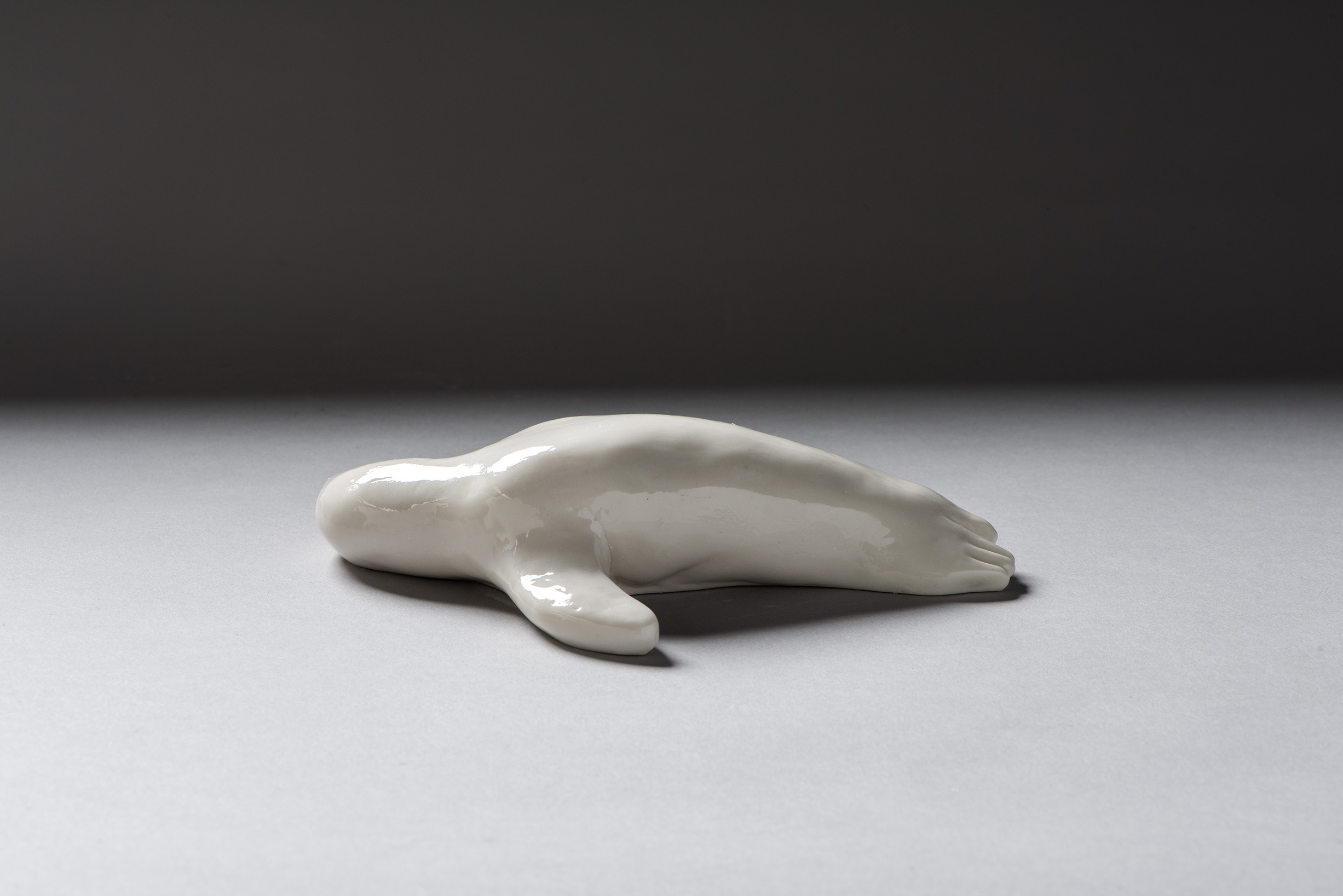




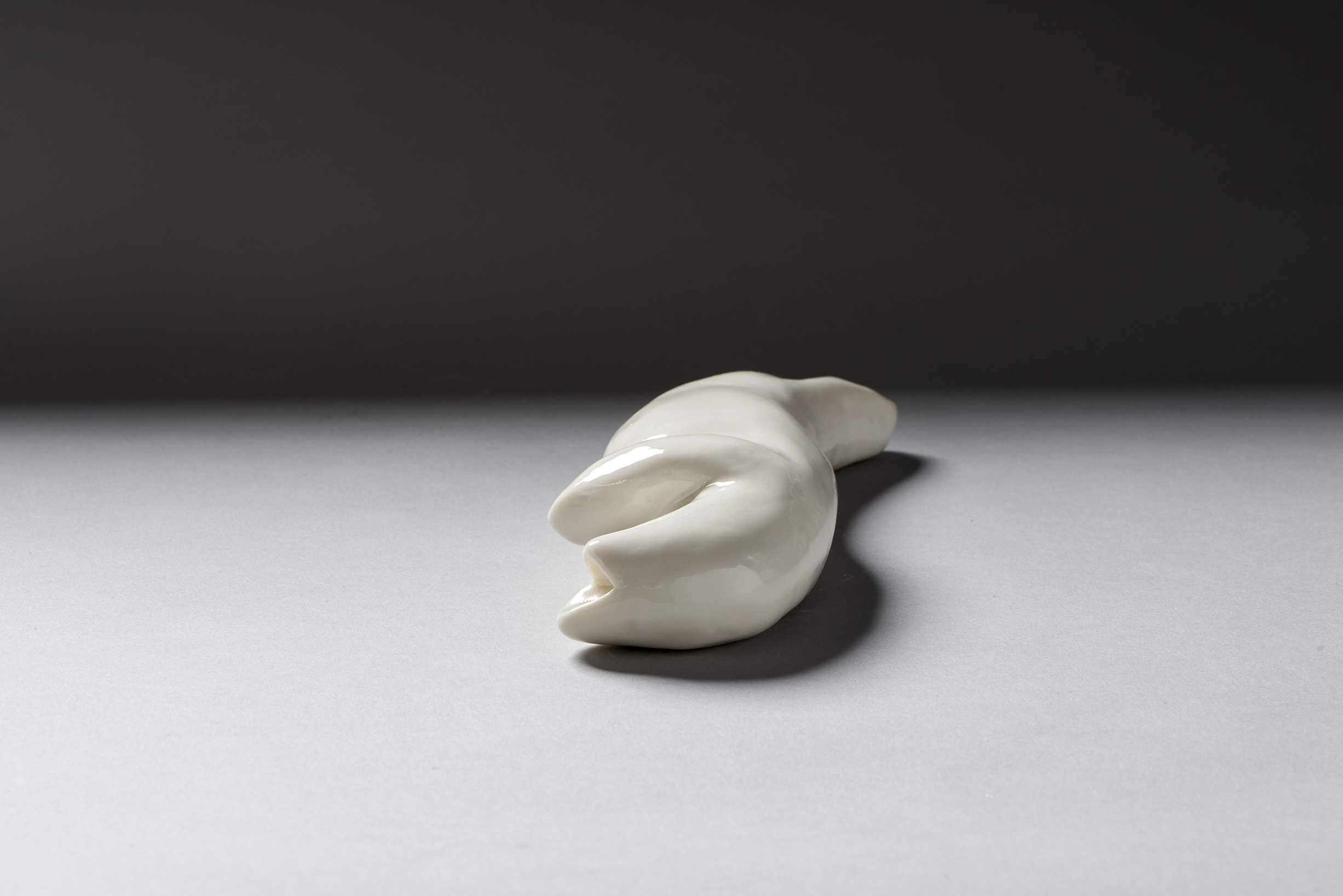

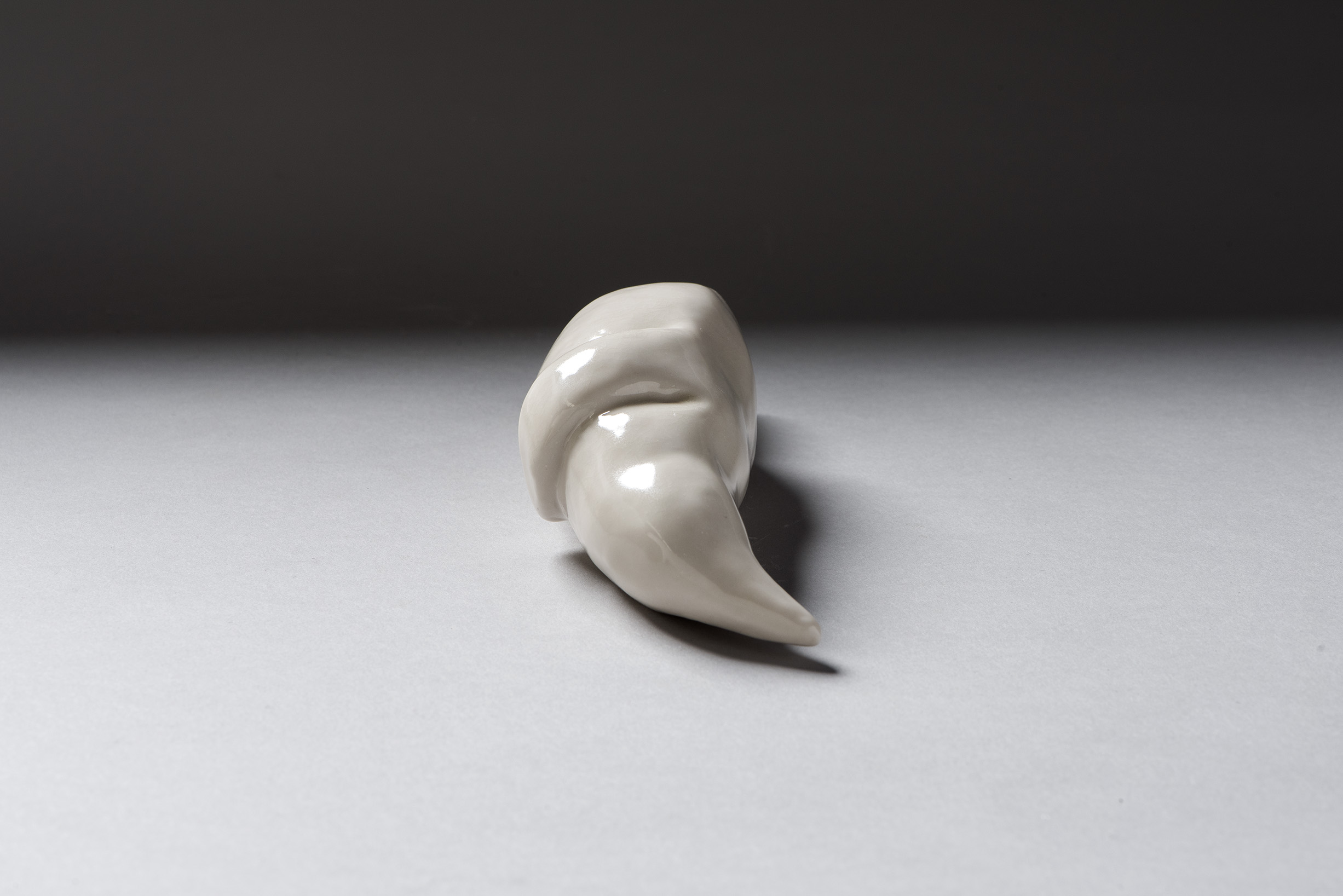


































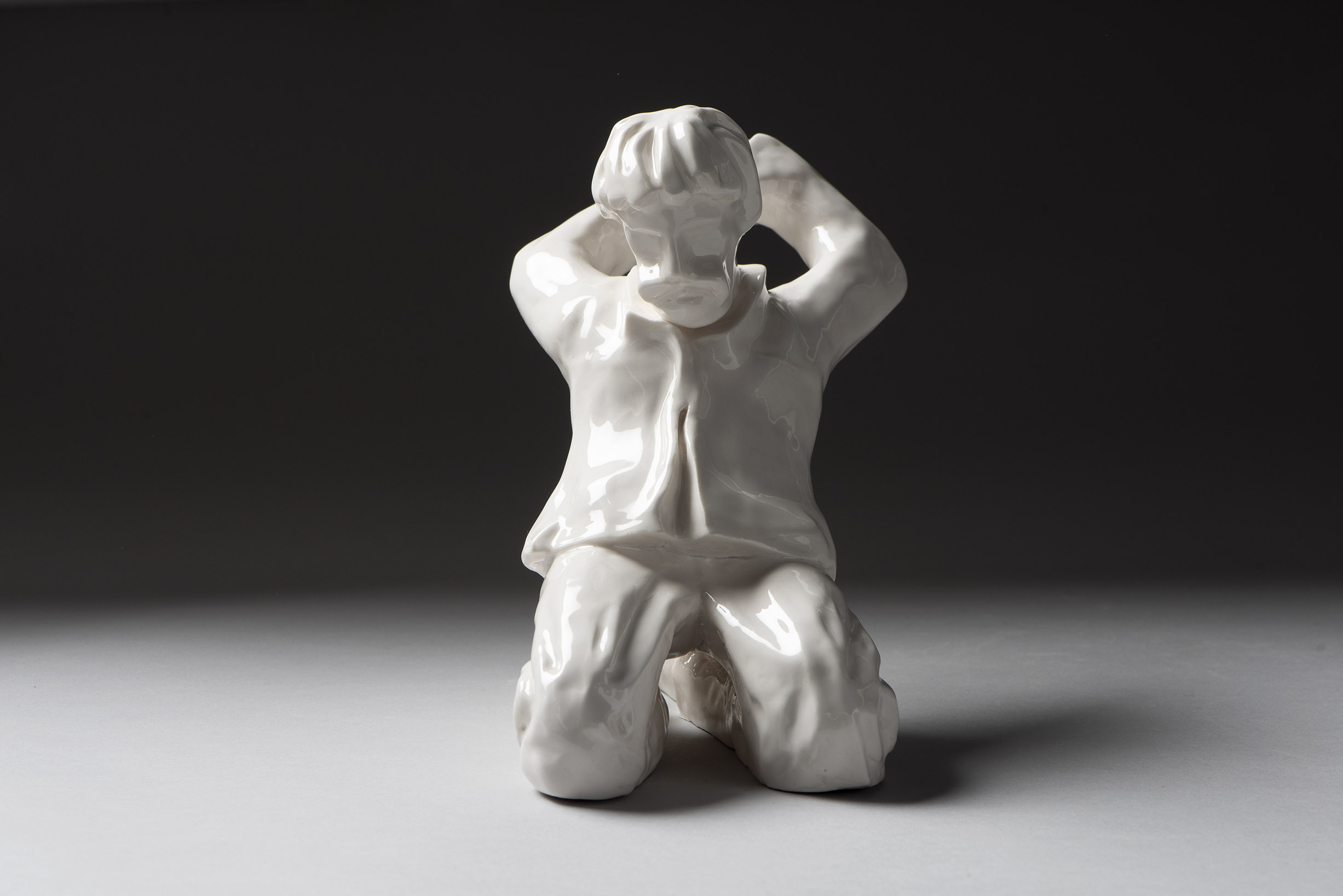















Tercera Escena “La Venganza”

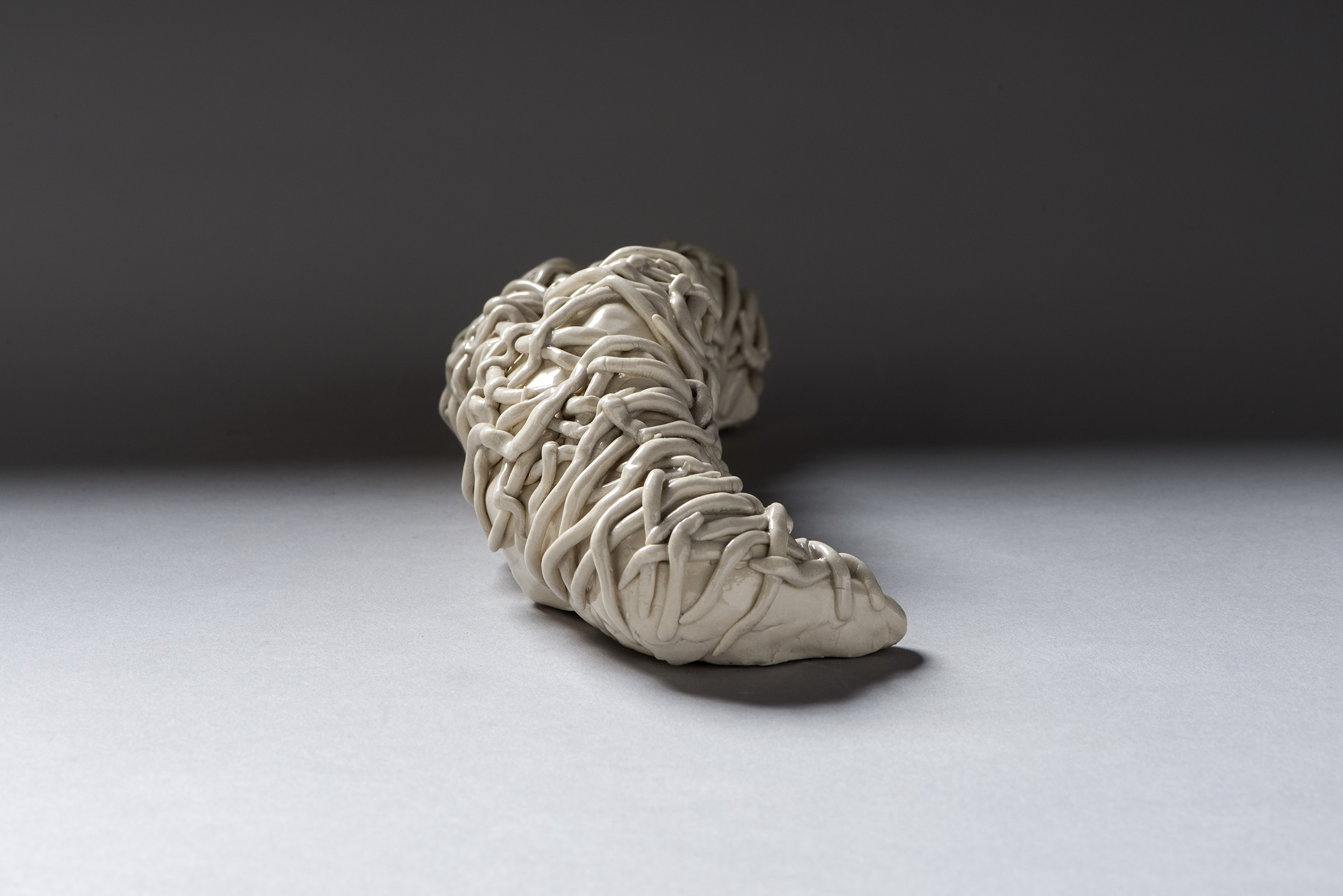


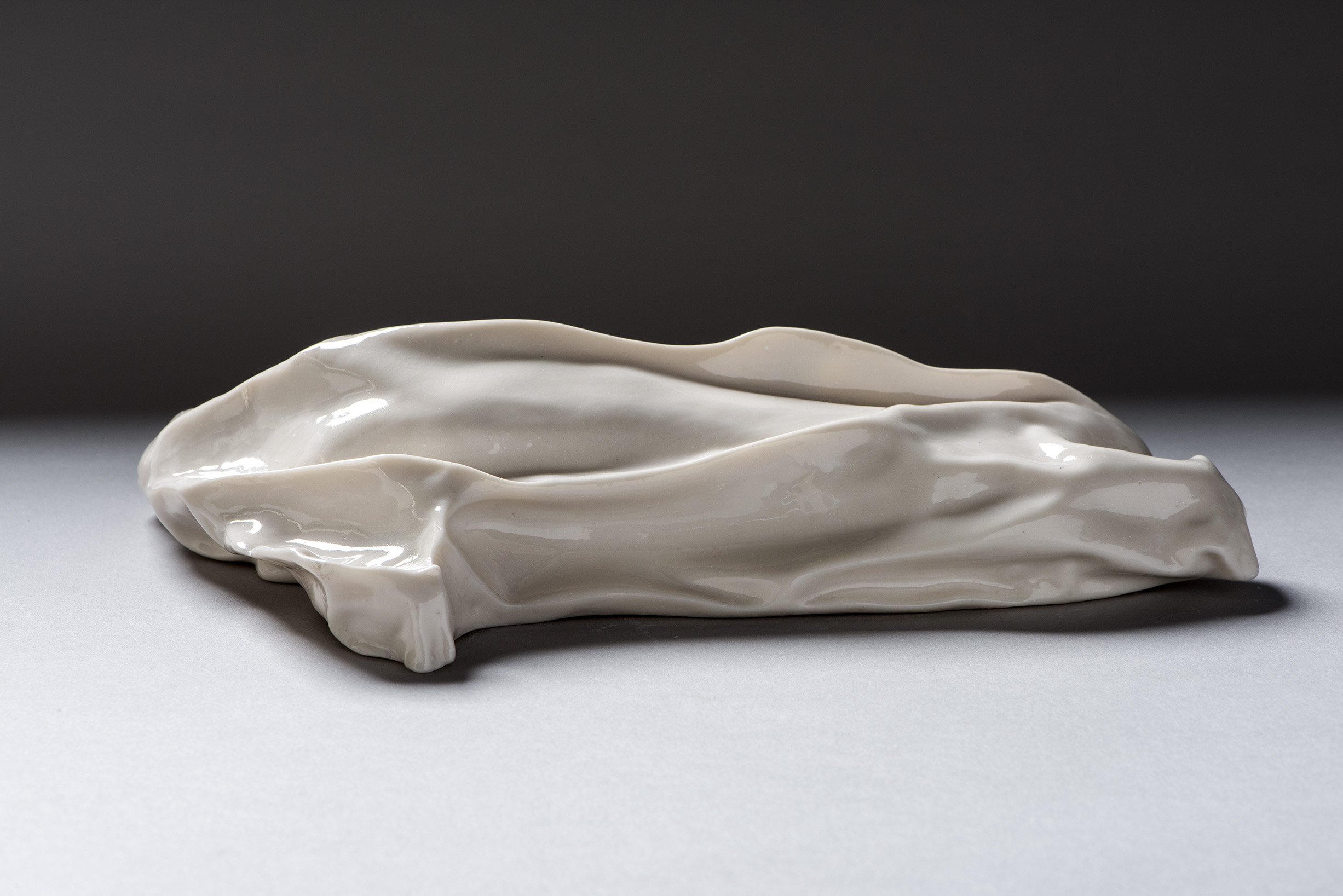
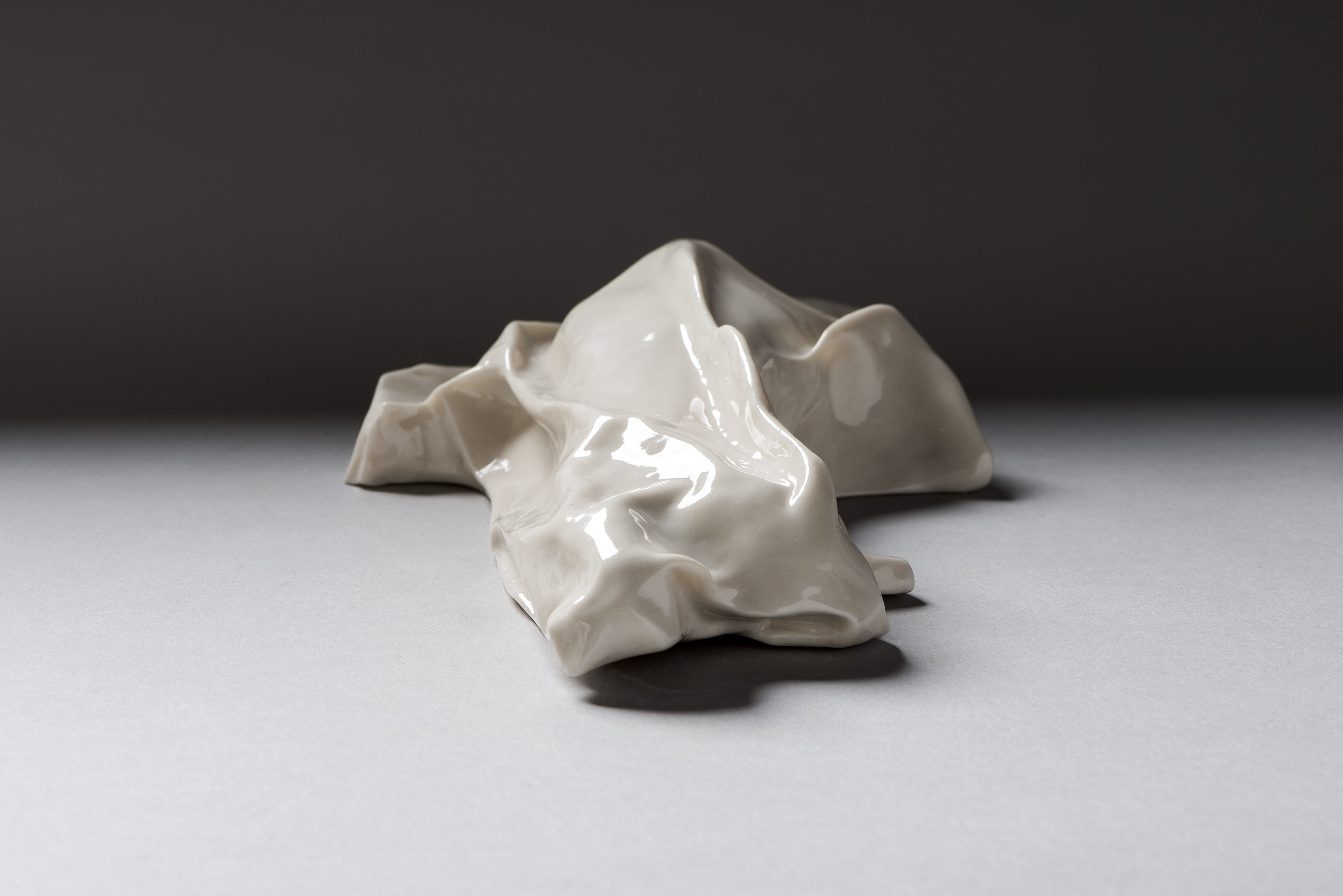



















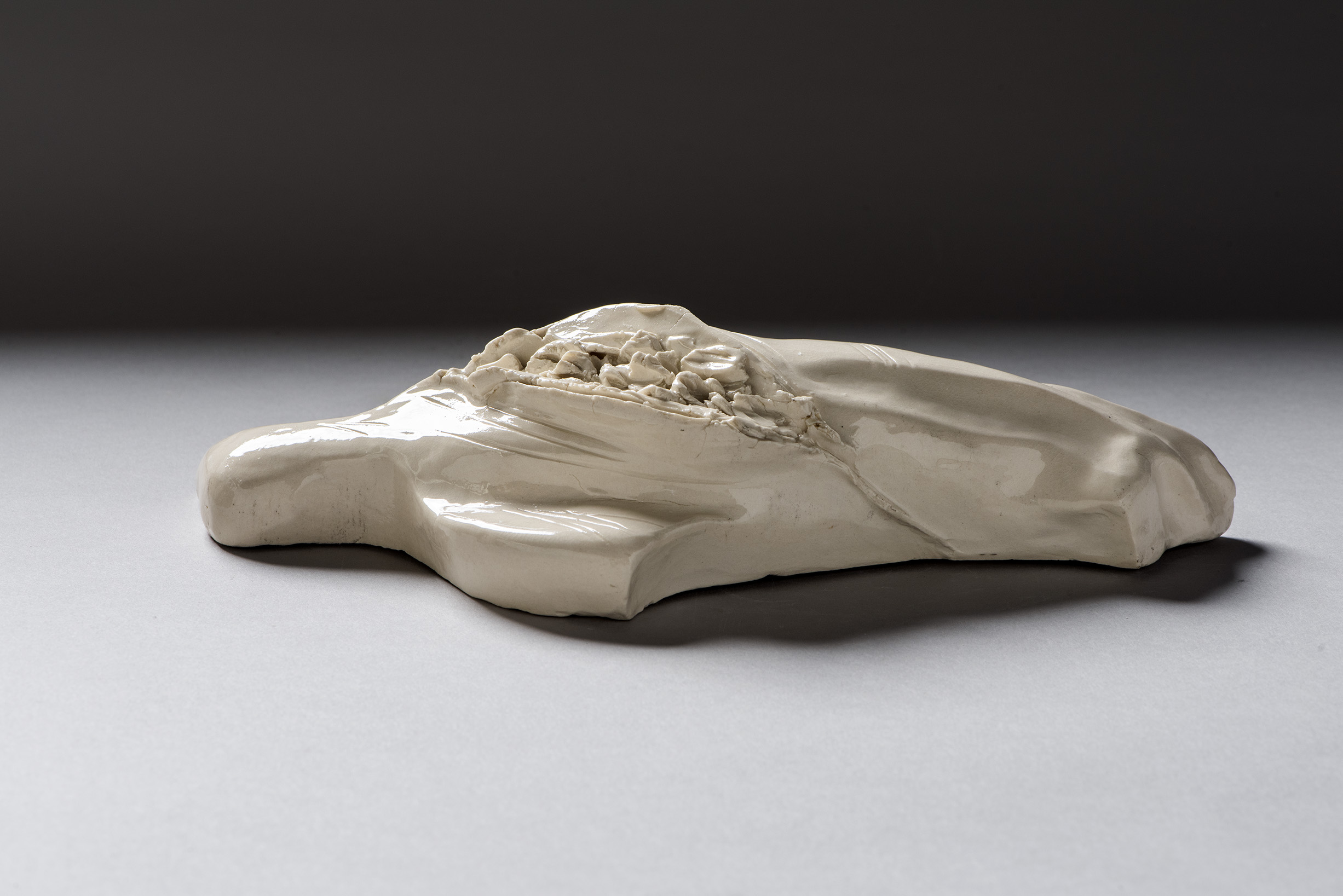






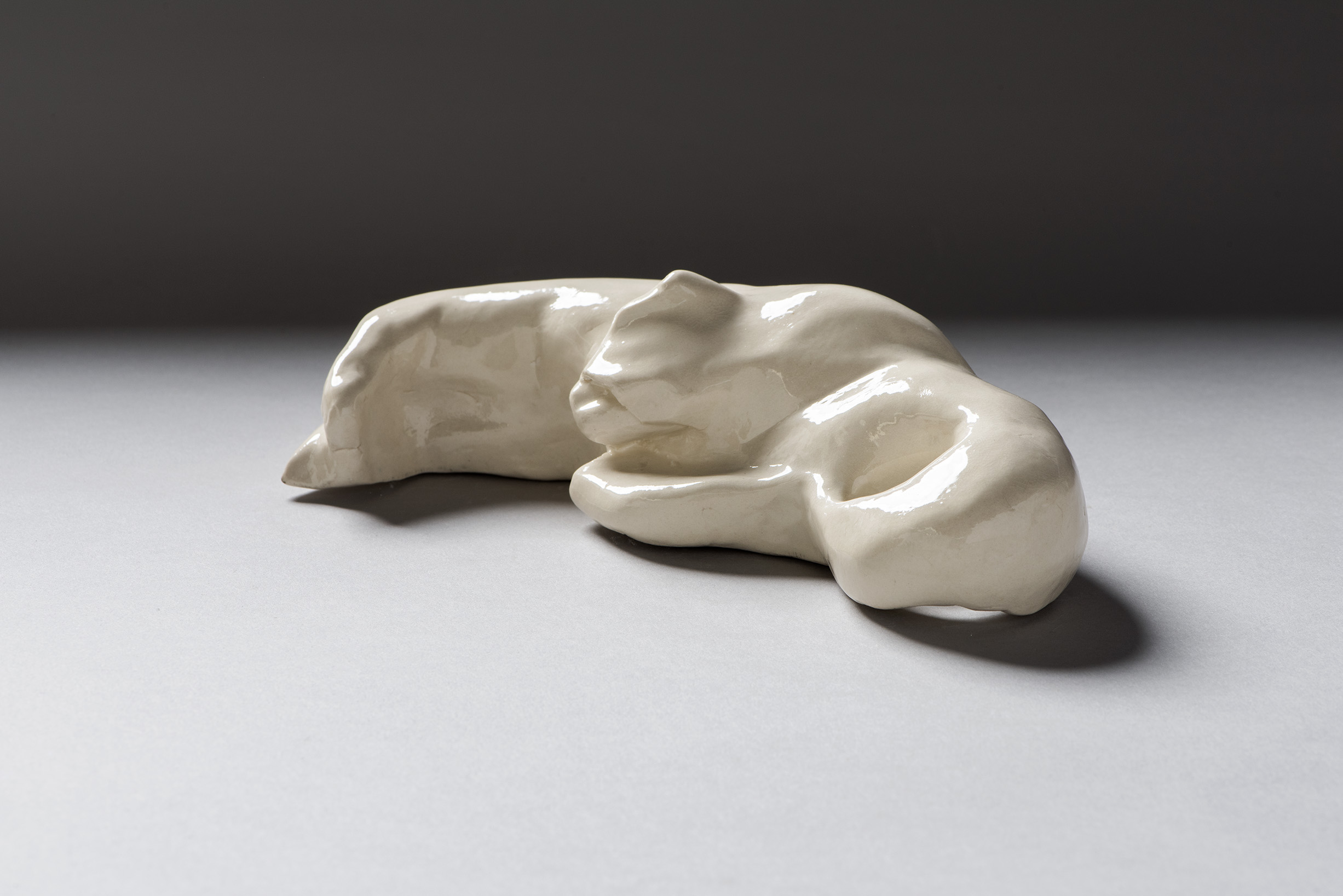

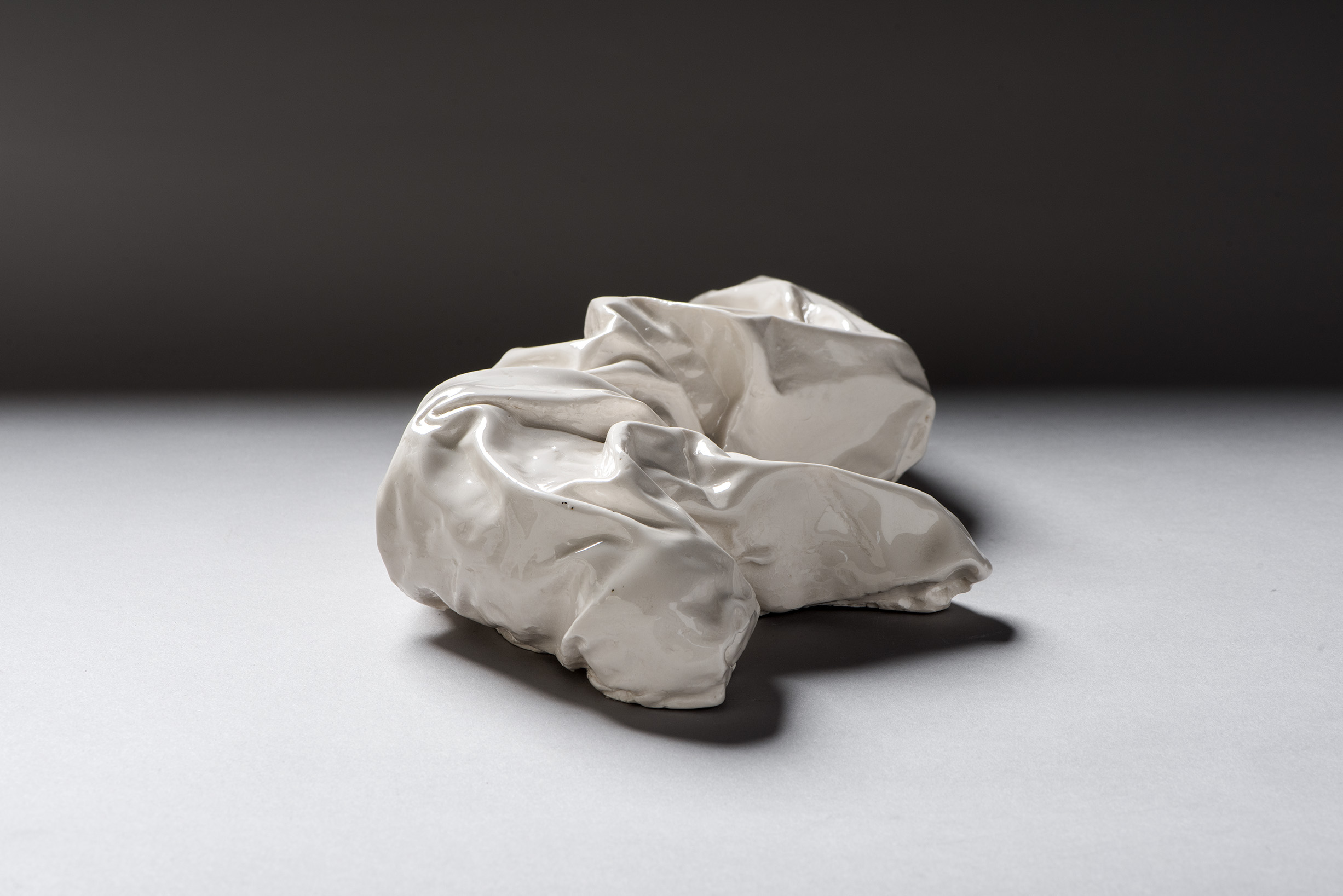






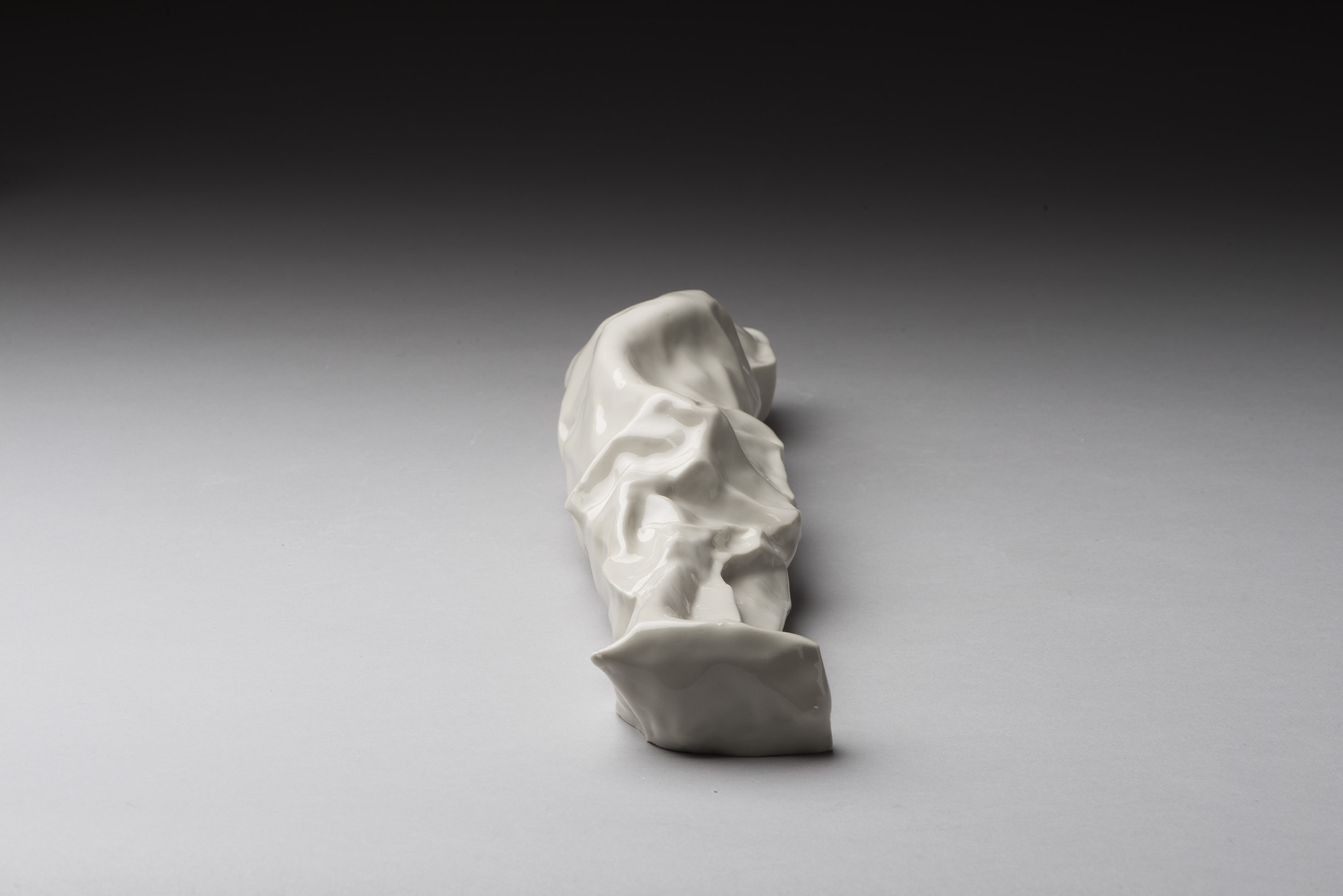
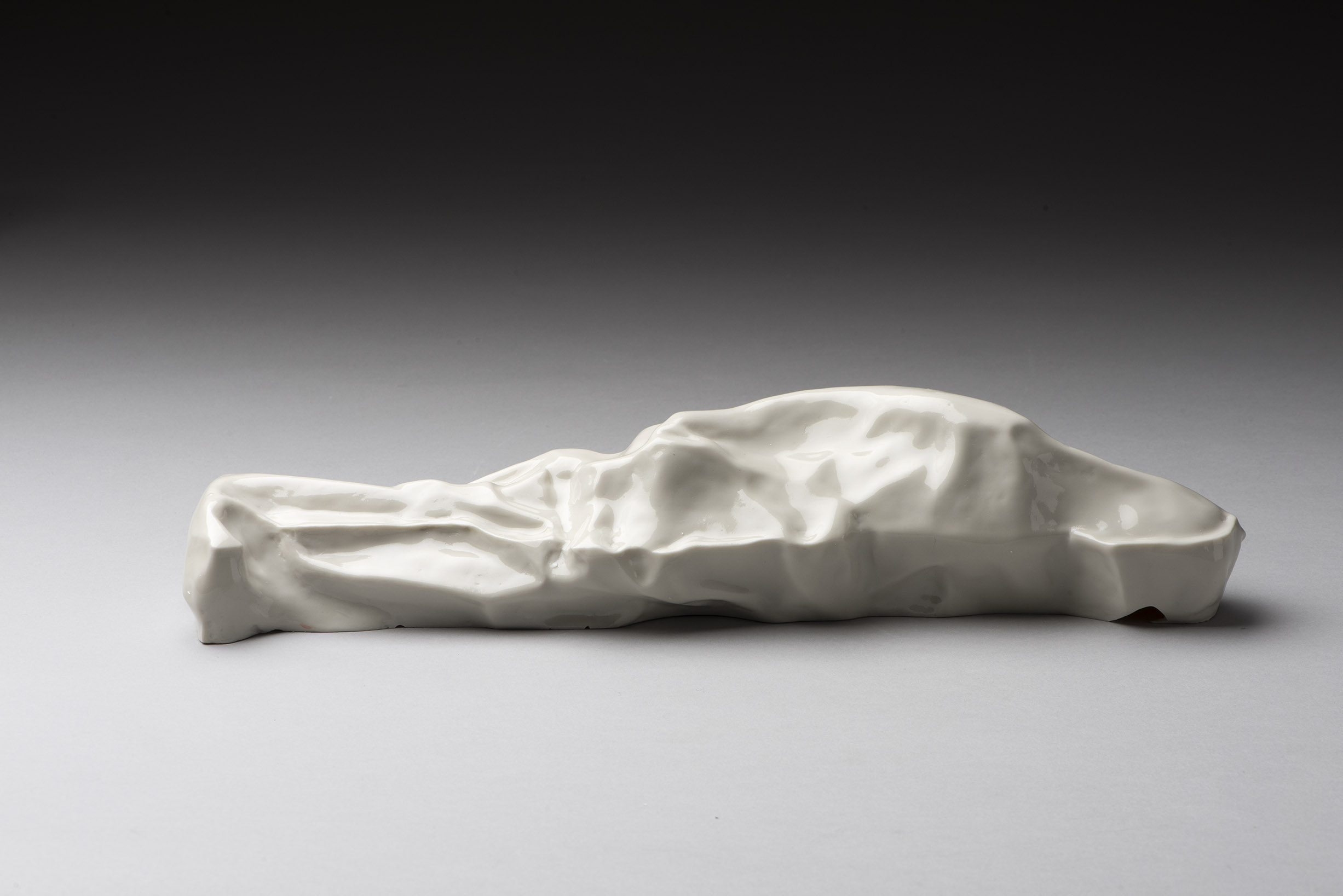






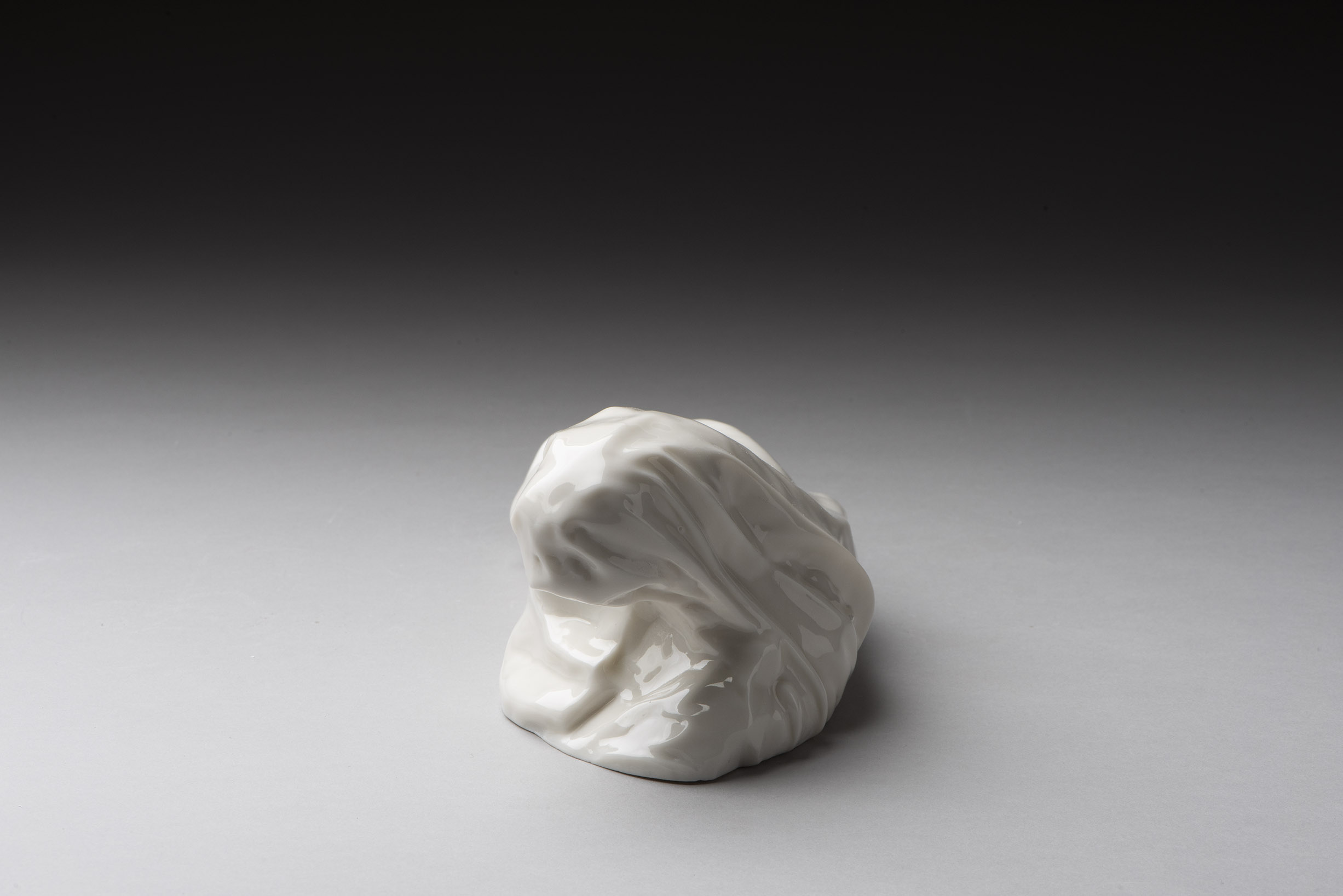






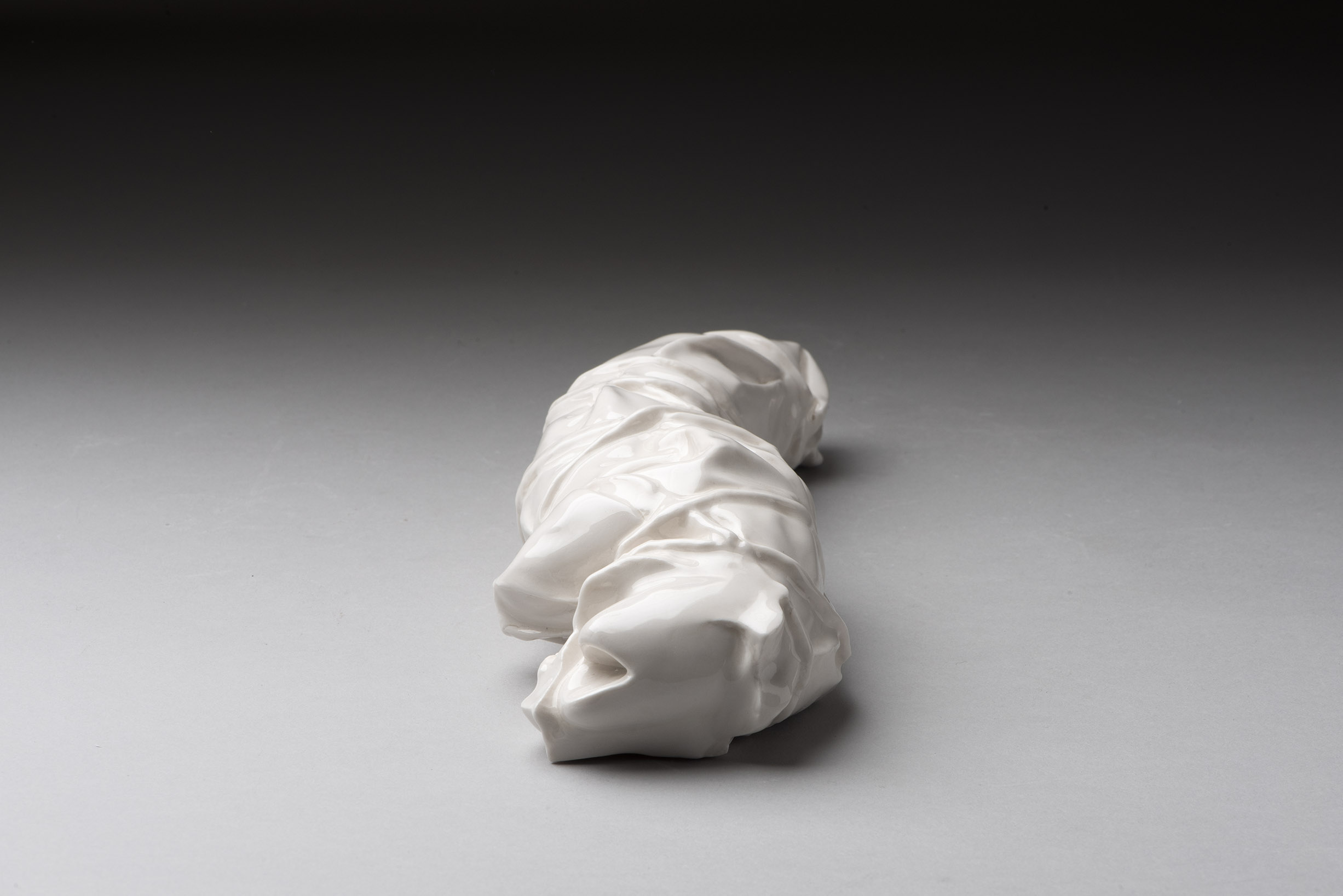






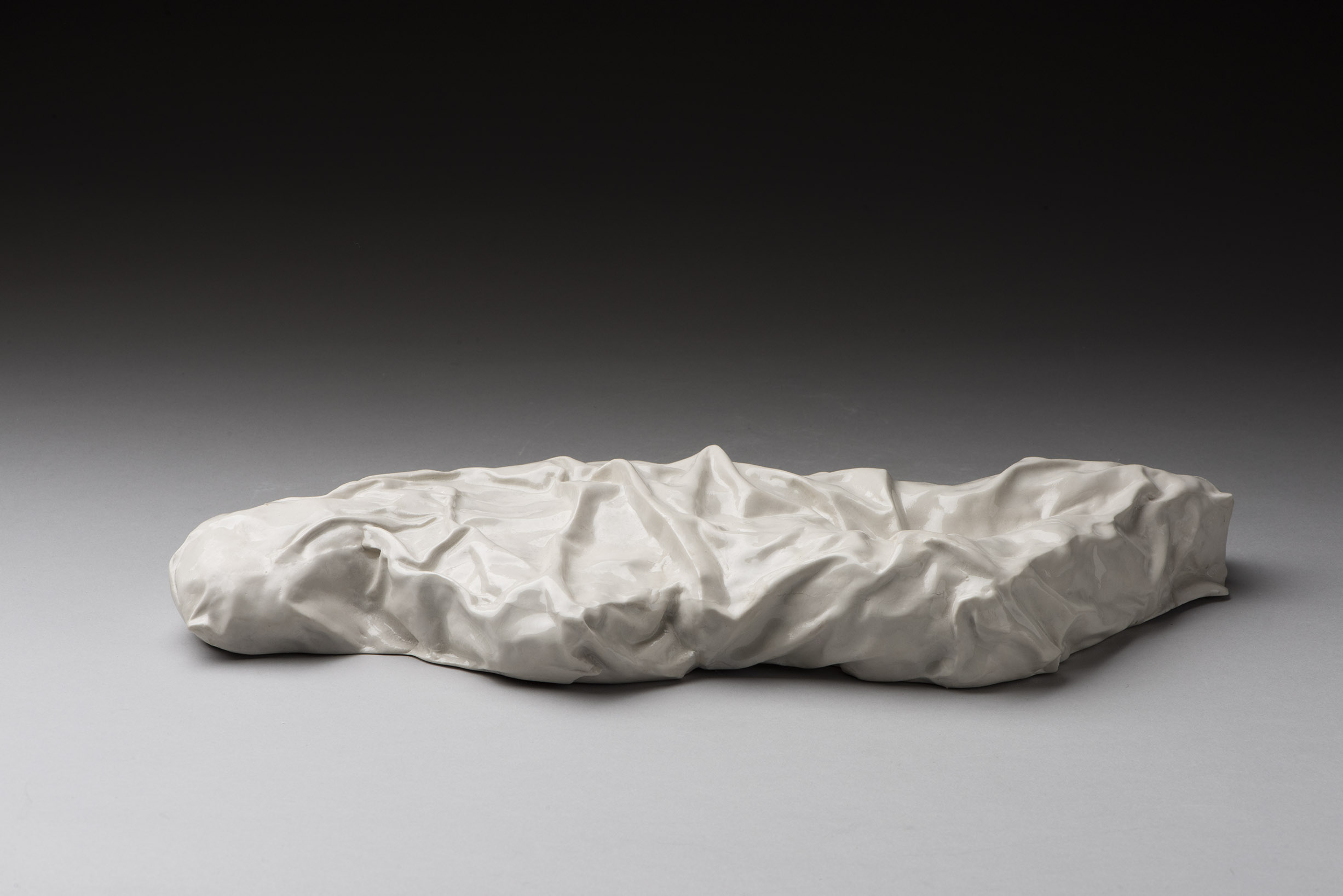

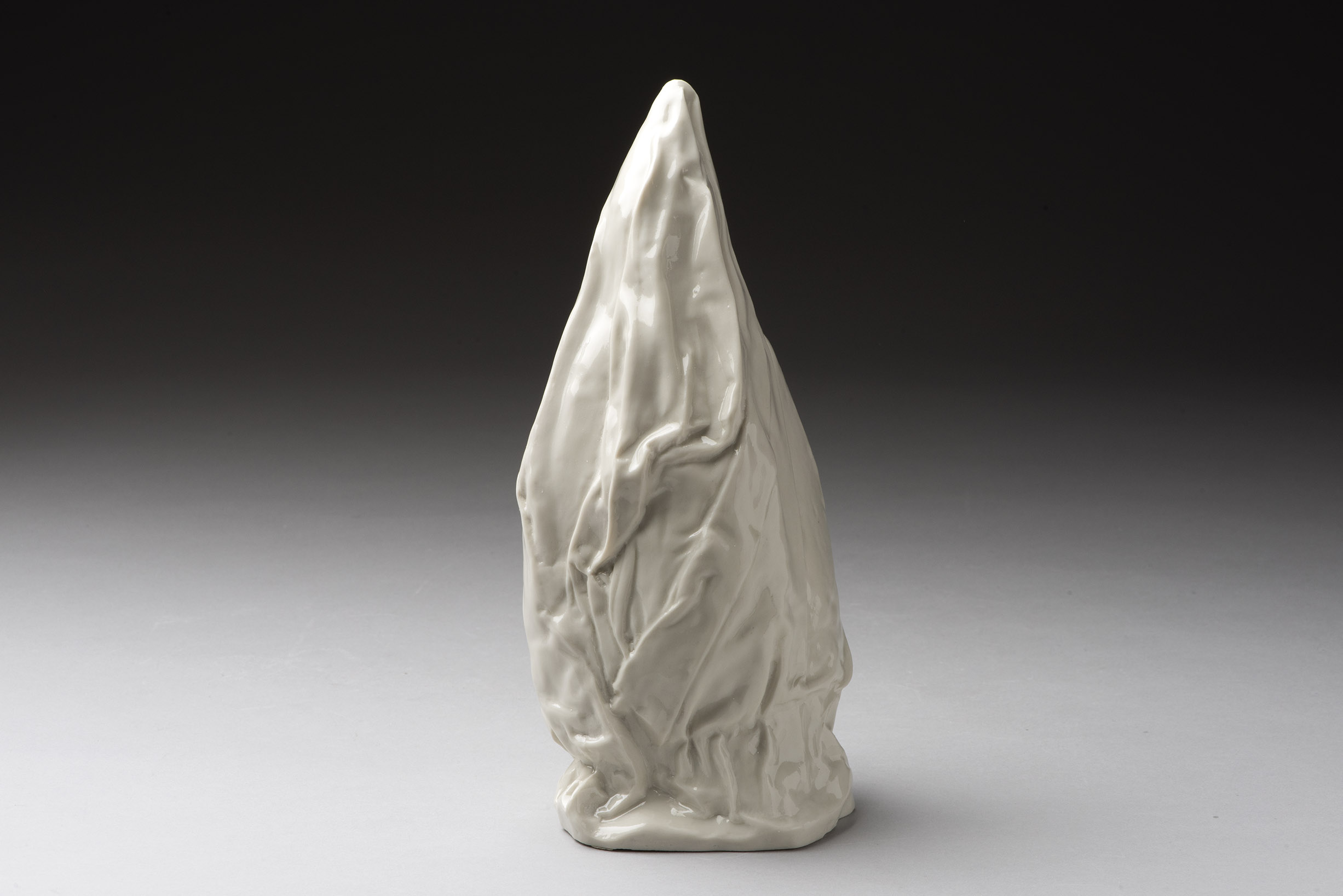

Performance “ 20.000 perspectiva”
Interpretada por los bailarines José Luis Magaña y María Ibáñez
Interpretada por los bailarines José Luis Magaña y María Ibáñez